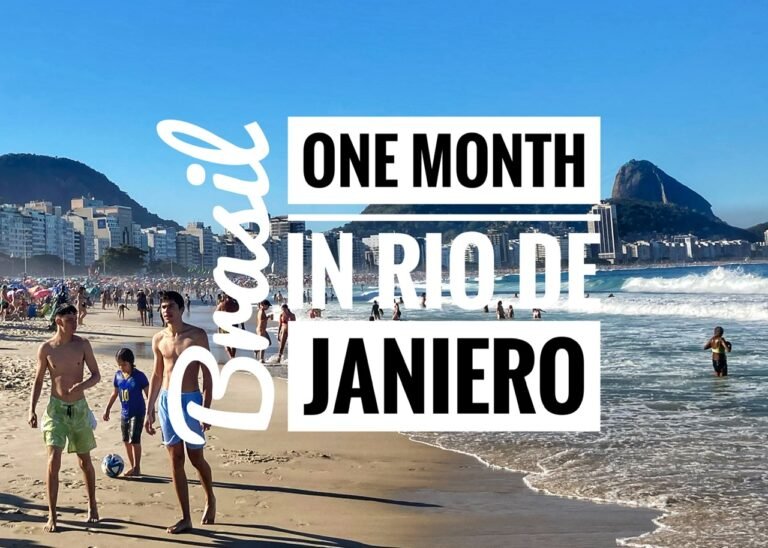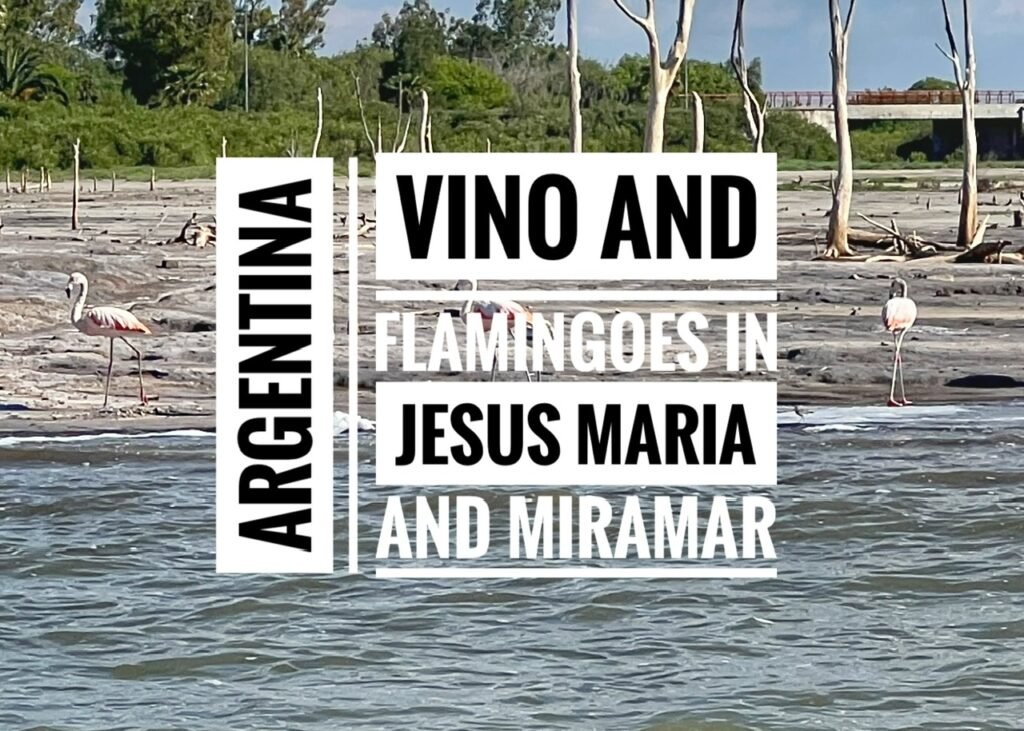
Jesus Maria: Bodega La Caroyense
From Villa General Belgrano, we rolled north two hours to a small Jesuit-founded and bodega-filled town called Jesús Maria nestled in the valley of the Sierras Chicas. Here, on our first uncharacteristically stormy day, we conveniently slid into some wine touring at Bodega La Caroyense which had a very interesting sparkling red wine, a super sweet church wine, (and, later some other yummy concoctions.)
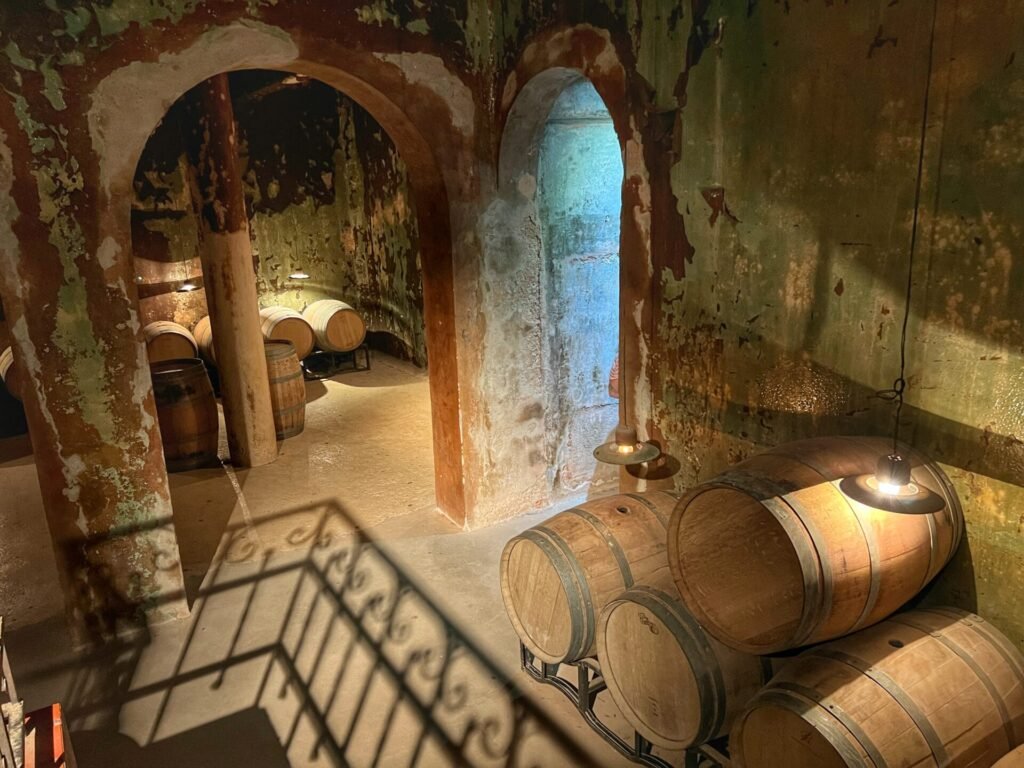
When this winery was born as a cooperative in 1930, there were 34 of founding partners, which today we would call them micro-entrepreneurs. These founders each had small wineries in their houses. They resolved to unite to generate a company that would allow them greater transcendence and economic progress. It was a very unique cellar far underground.
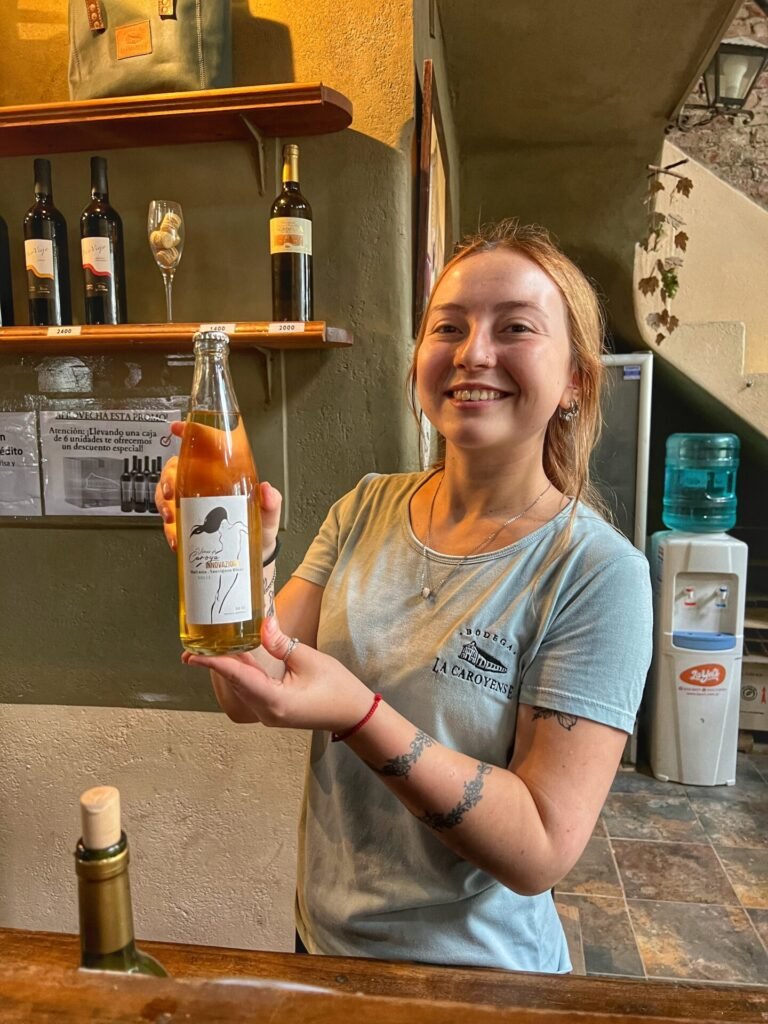
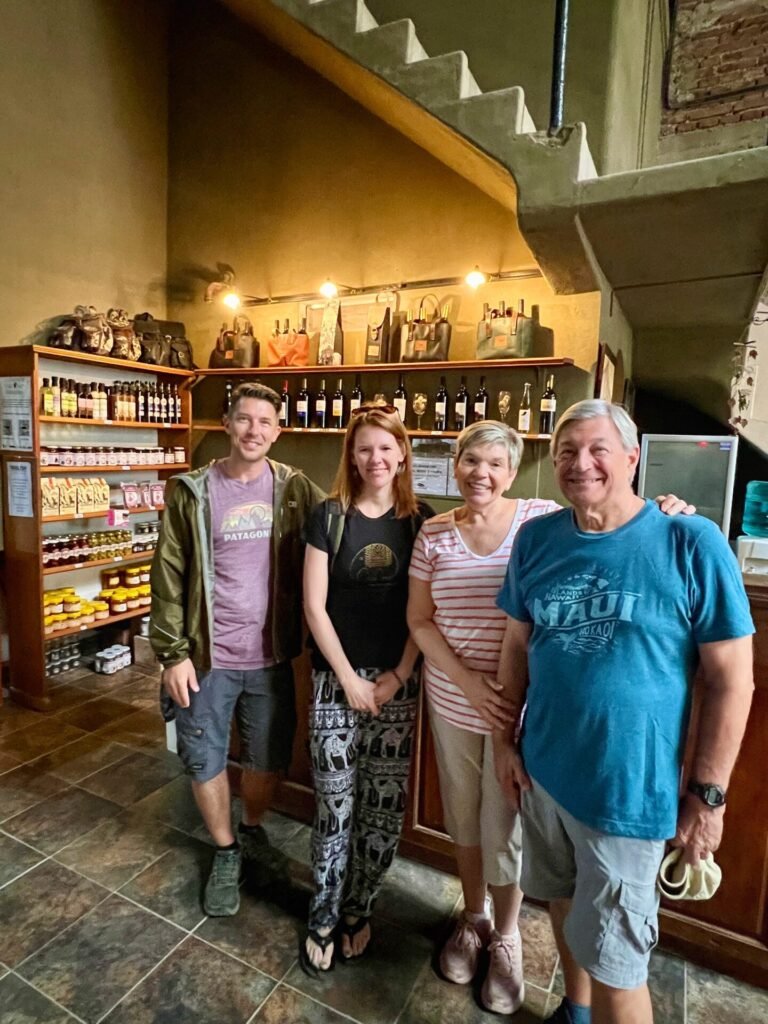
One of the tasting gals shows off a sweet Sauvignon Blanc with a unique bottle cap. We were certainly ready to be inspired.

The winery was designed to look like a church with lofted ceilings and stained glass. These wine barrels from the 1930s are no longer used. The winery is discussing making them Airbnbs, which is a fabulous idea.
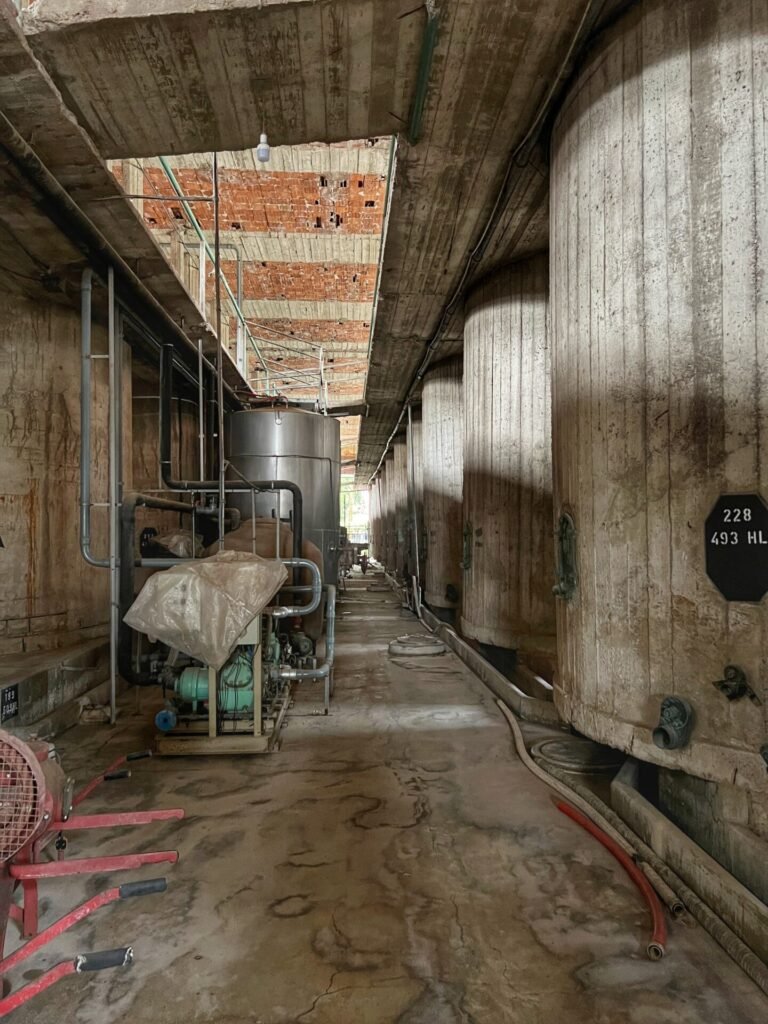
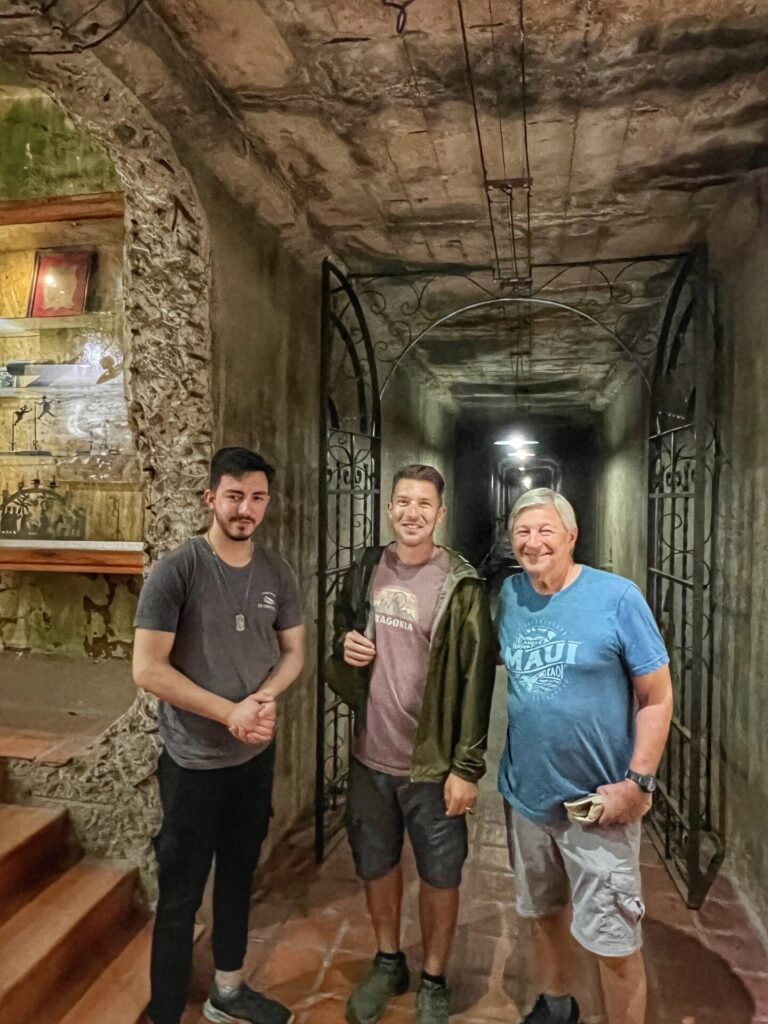
The leftover concrete fermentation tanks are now being used for storage and aging, but most are not being used at all because they don’t have the capacity needed. Larry and Greg with our guide, Diego. The tour itself was free. We also tasted six wines and bought two bottles for about $12.


About 4 meters (13 feet) underground it felt more like a army bunker than a cellar.
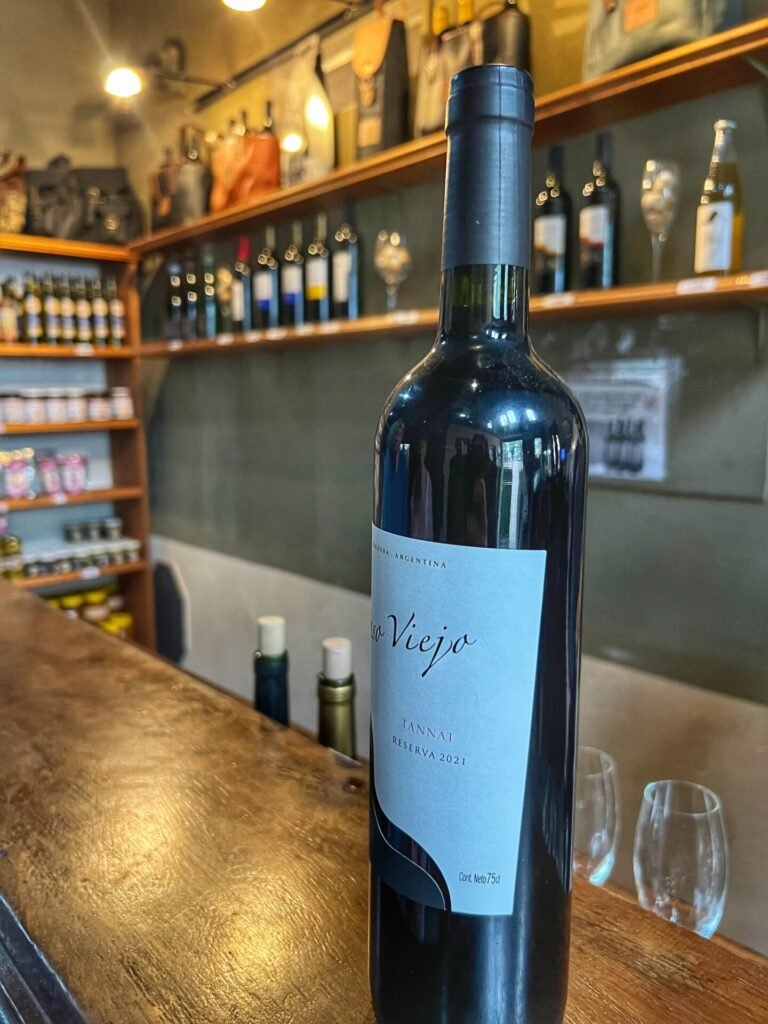
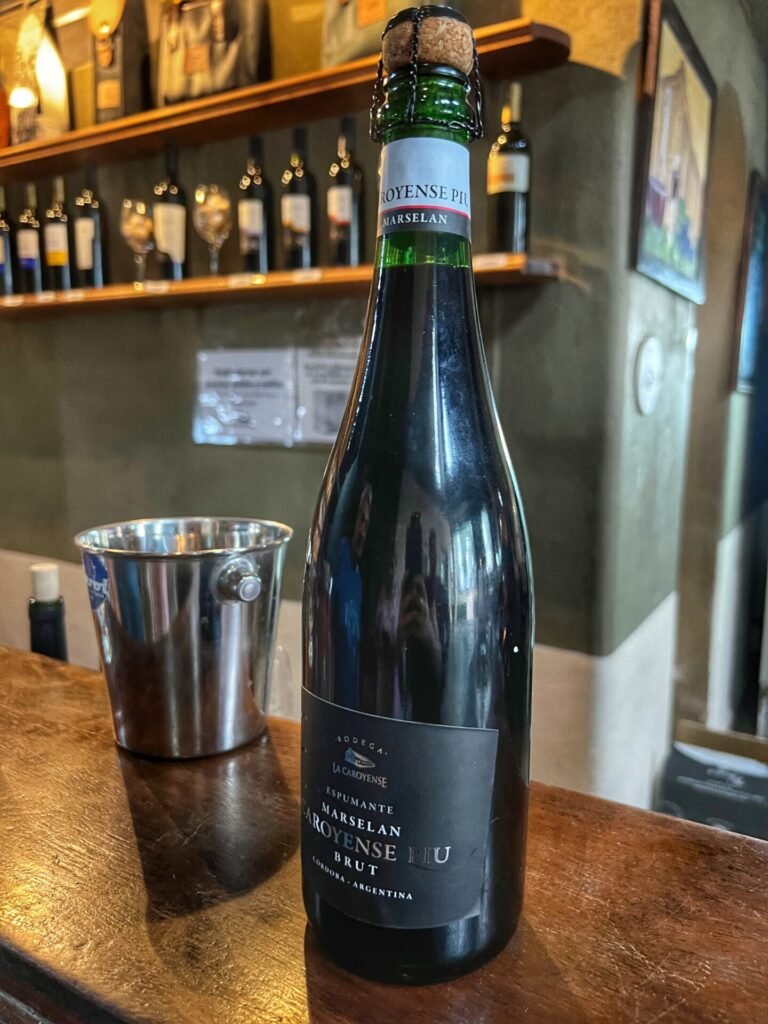

We got to experience a red tannat again, but Argentine rather than Bolivian. Like there, it was quite bold and dry, and I don’t think you’d wanna drink more than one glass. Also, we had a sweeter sparkling red wine, which was a bizarre blend of champagne and wine. It was labeled “Brut” because the residual sugar content was 17%. Surprisingly it wasn’t too sweet, however, and more had a blackberry/mulberry woodiness.

Although it sounds really interesting, we weren’t fans. The bubbles did nothing for the wine, but as usual, we still had fun drinking it.
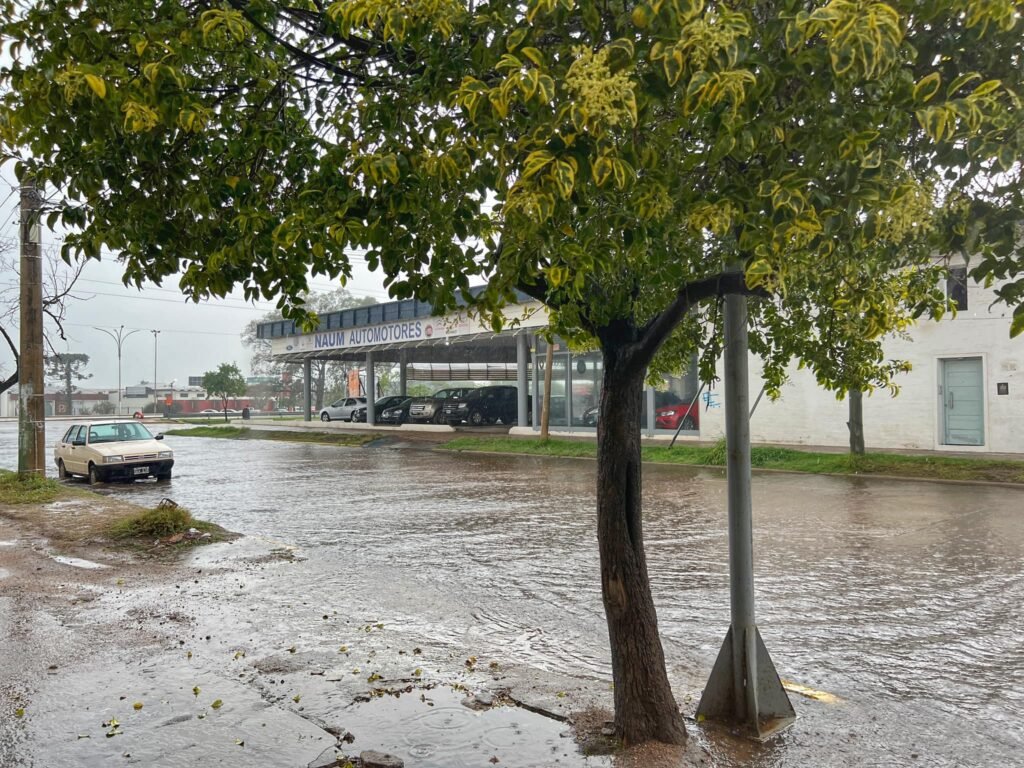
While we were tasting, the streets turned into a river. Quite a storm!
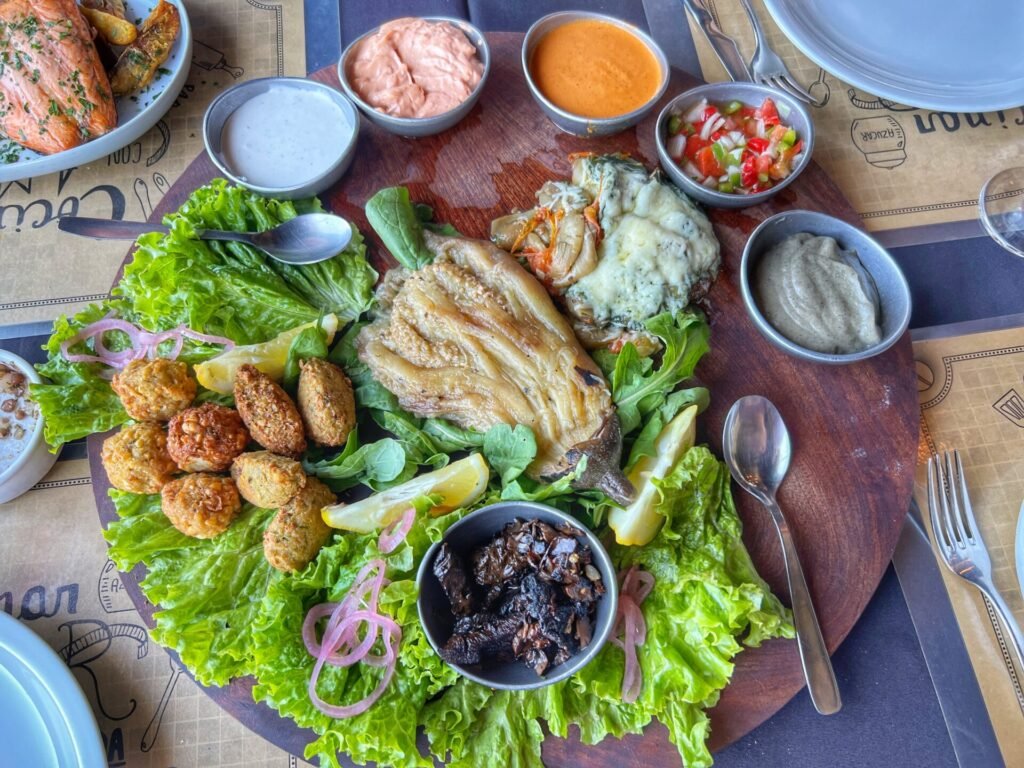
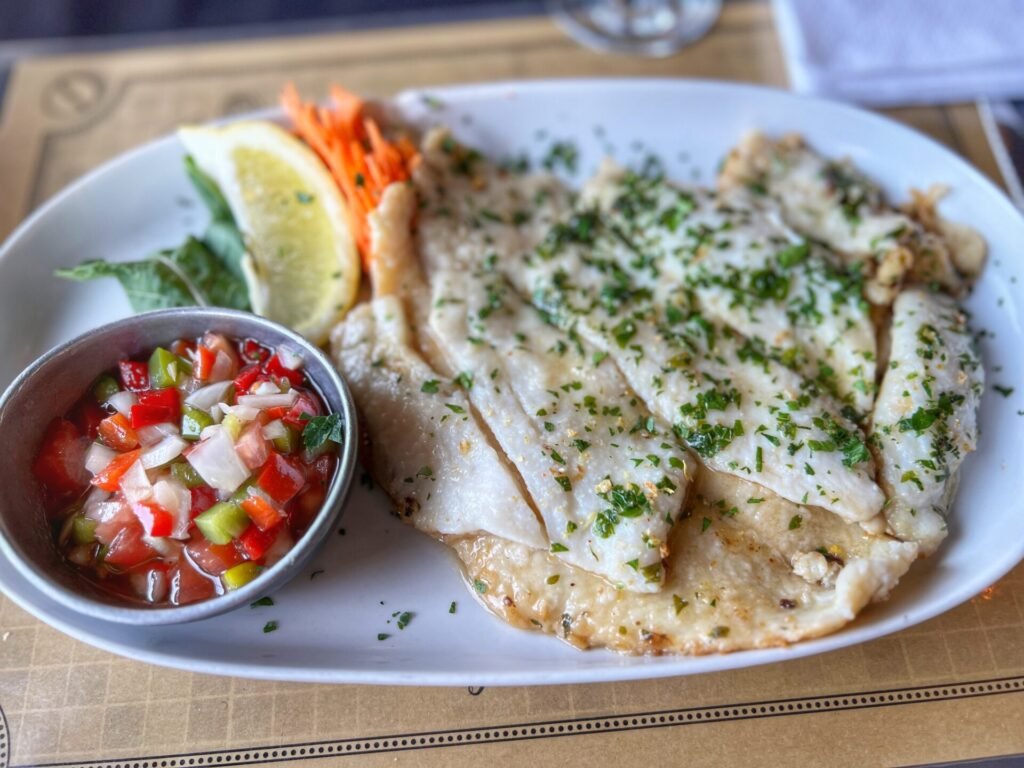
At lunch, Grace and Mandy shared a vegetarian platter, which cost about $6. Greg had a peculiar “white” salmon, from the Atlantic Patagonia region.
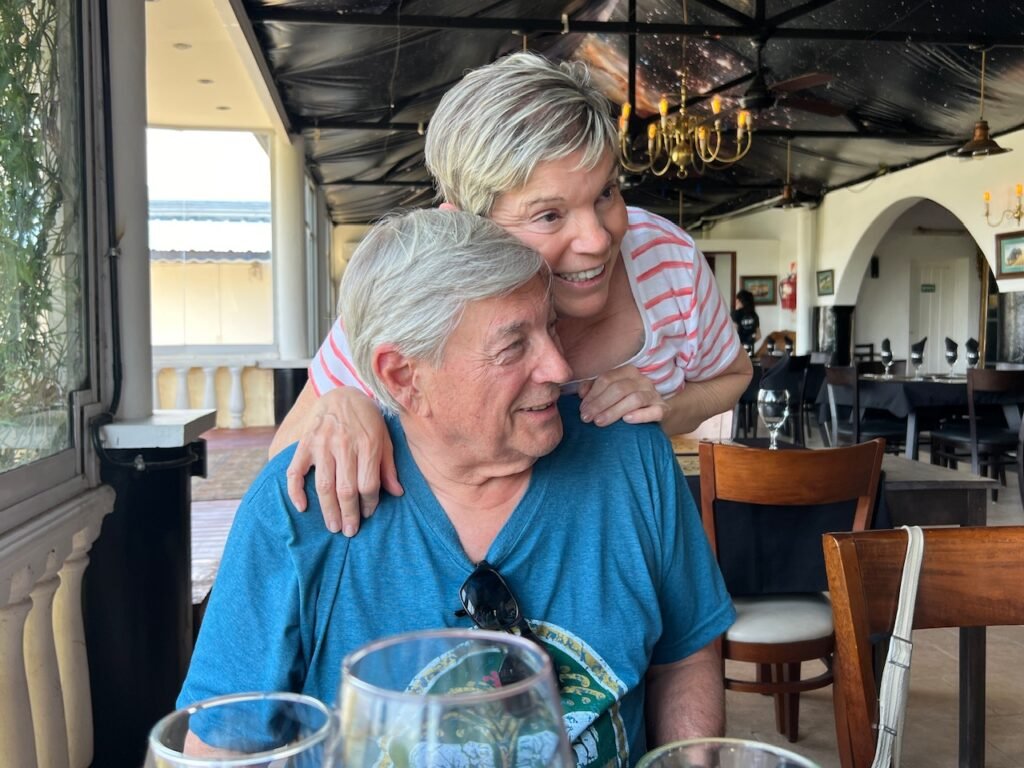
Such a cute photo of Larry and Grace at lunch.

Welcome to Jesús María…the result of a fusion between its Jesuit, African and colonial past.
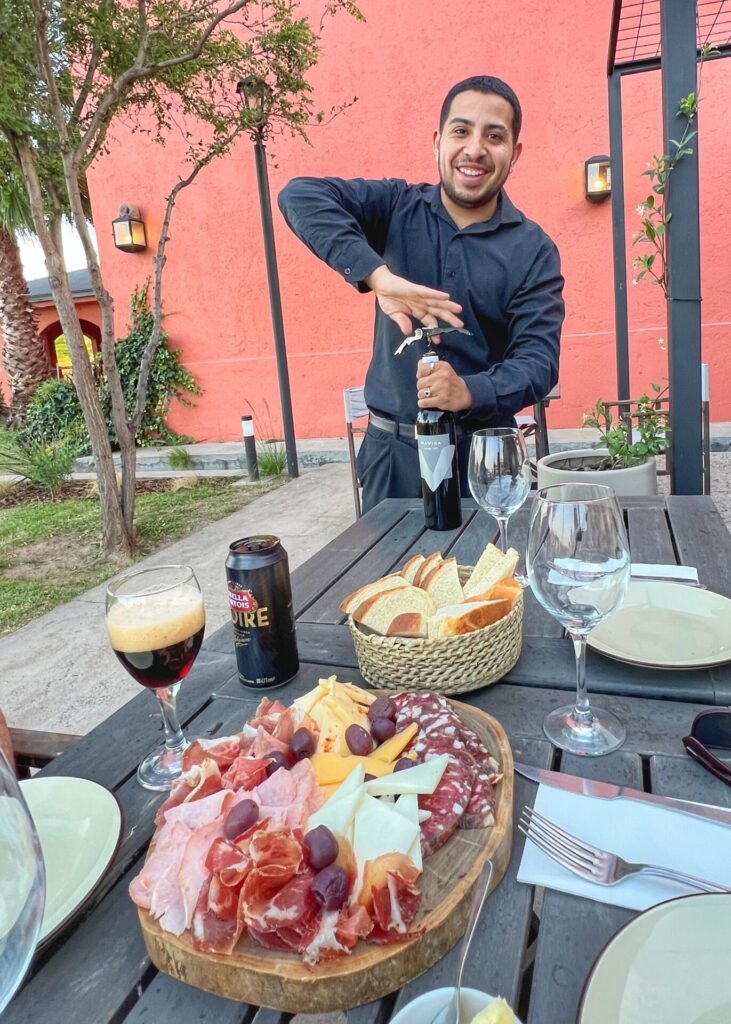
Back at the hotel, enjoying a charcuterie board and bottle of red.

Because Greg has been doing all the driving, and the law is zero tolerance, he was excited to finally get to participate.


We stayed at Nawan Hotel just north of the town, which was a lovely rural retreat. The rooms cost about $50/night.
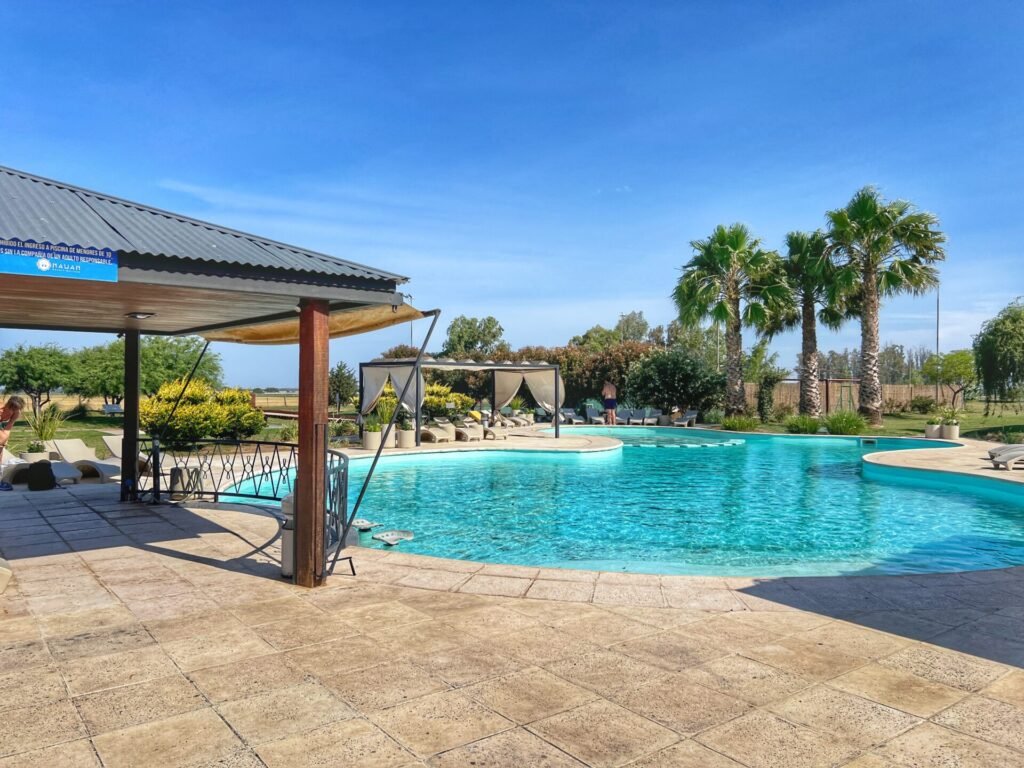

The property included a lovely pool, bocce ball, and other resort type amenities like giant chess sets. But these two were still playing on their phones…Haha.
Jesus Maria: Camino Real Sites
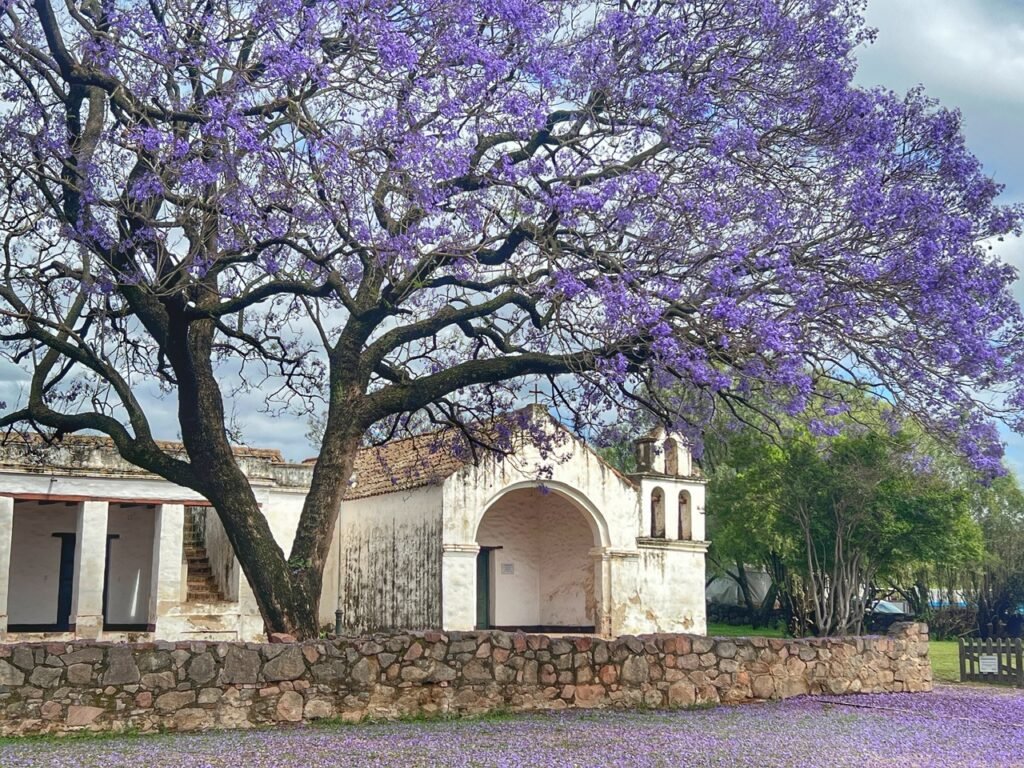
The next morning we meandering into other parts of atmospheric and sleepy Jesús María, which earns its place on the Argentina road trip map by being the home of one of the most beautiful Jesuit estancias in the region, as well as home to the charming Postal de Sinsacate which seems frozen in time. This post was once a stopping point along the silver swiping Spaniard version of the Oregon Trail…the 400+ year-old Camino Real (Royal Road). This mind-blowing 4500 kilometer journey went over the Andes en route from Lima, Peru to Potosí (Bolivia) to Buenos Aires. Seeing these sites pop amongst the overflowing jacaranda trees and other signs of spring made them even more enticing.

The post was also used by Jesuits in the area and consisted of a chapel, a post office, and a series of rooms for travelers. It is currently converted into a museum. The carpet of jacaranda petals simply magnify its beauty.
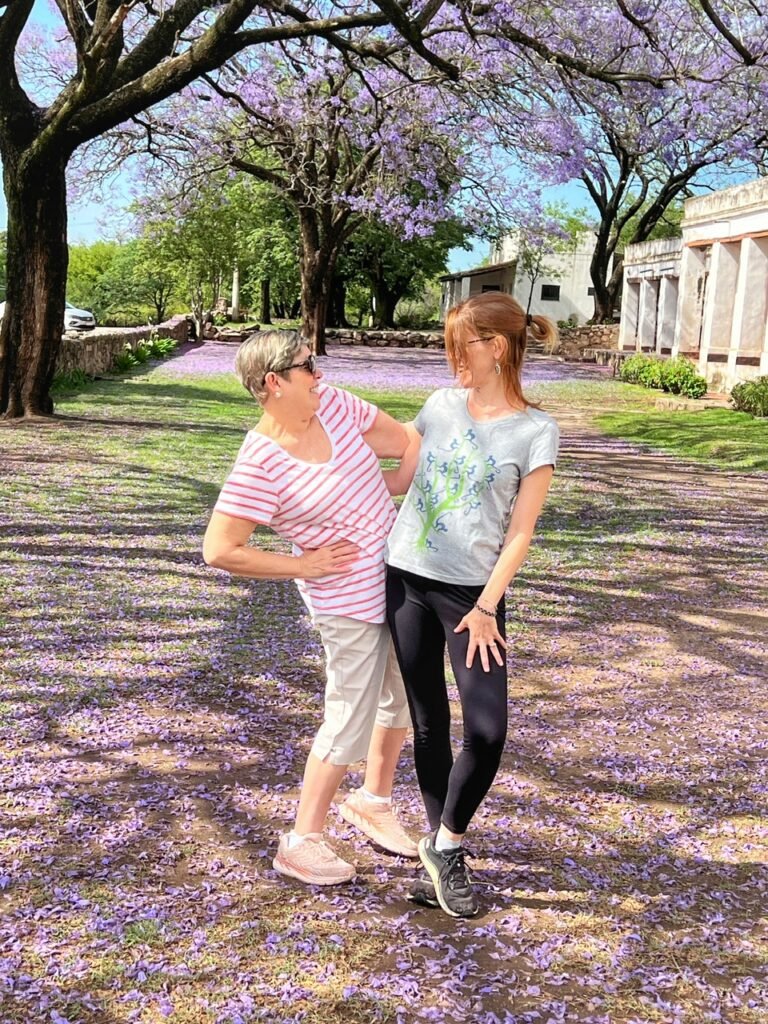
And of course, it seemed like a good time for a photo shoot.
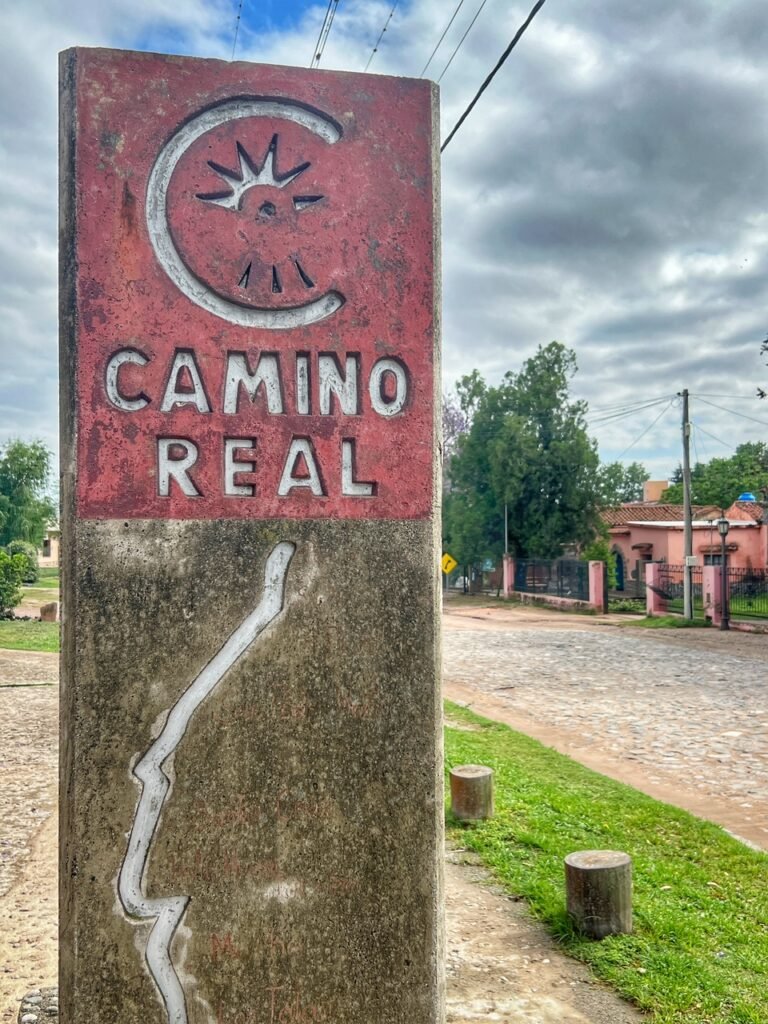
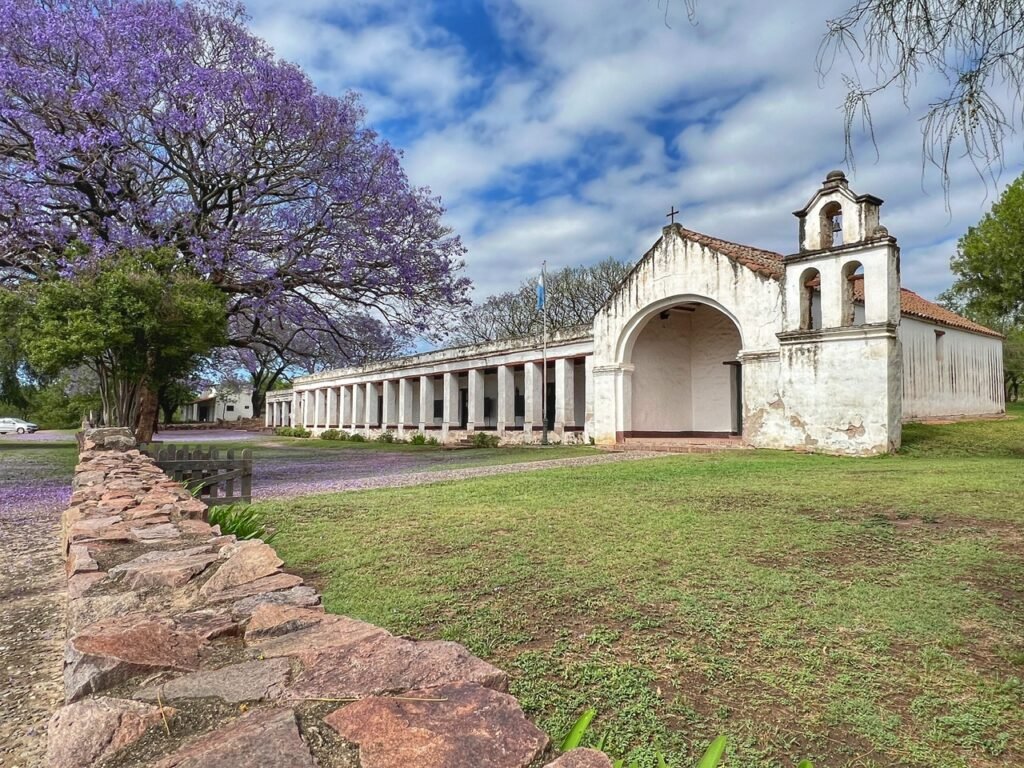
The first connection on the Camino Real was achieved for the first time in 1545 by Francisco de Mendoza who reached the remains of Fort Sancti Spíritus in the Río de la Plata. The building, which dates back to 1709, is made of bricks settled in mud, raised about 50 centimeters, with tiled ceilings, rustic stone floors and 80 centimeters thick walls, with 6 rooms that have wooden windows and doors facing the front gallery.
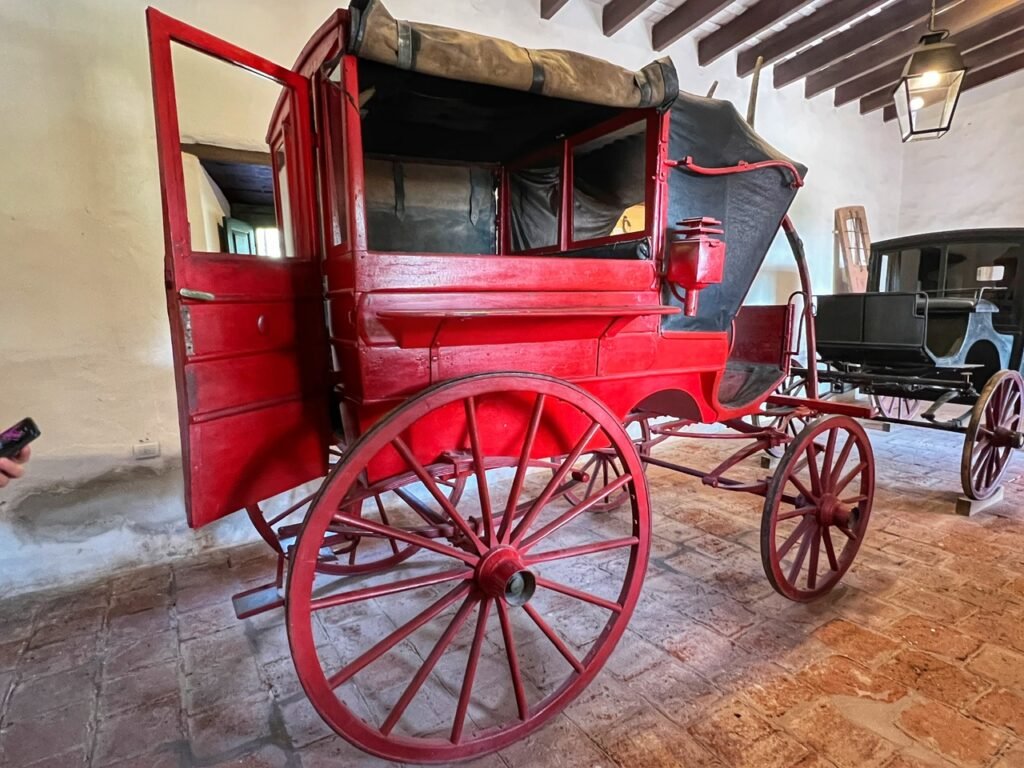
An original restored carriage used on the Camino Real. By the time the travelers got to Jesus Maria, they still had one month to get to the Rio de La Plata near Buenos Aires. Even we don’t know if we’d have the travel chops for this kind of journey! 🤣
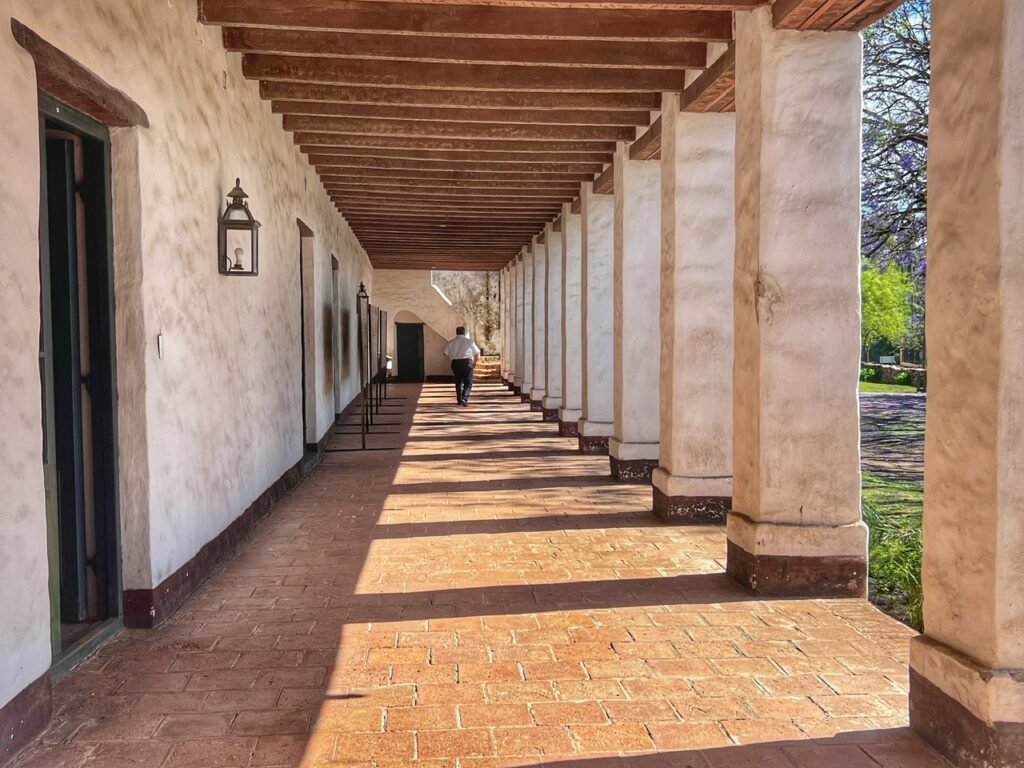
But I’m sure they greatly appreciated this refuge along the way!
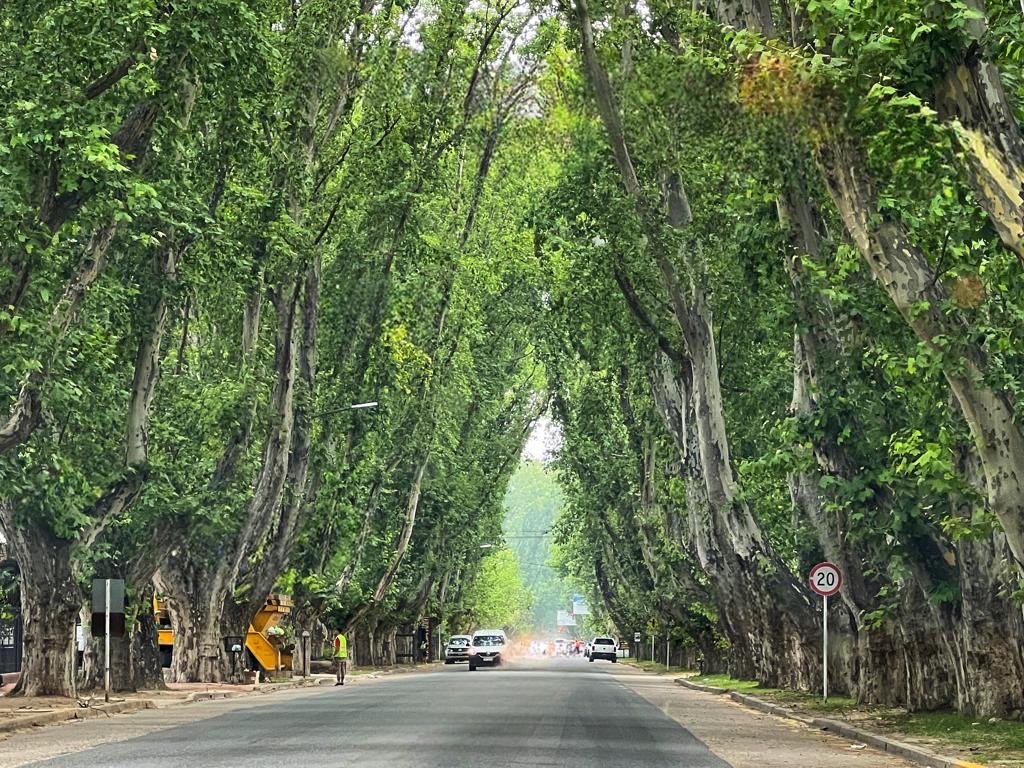
A stunning street of sycamores in the town of Jesús María.

The Jesuit church and convent were built in 1618 and perched on a gorgeously landscaped plot.

One of the nice things about the Jesuits is they’re the ones that brought wine to the region. After losing their operating capital to pirates off the Brazilian coast, they sold wine made here to support their university in colonial Córdoba.
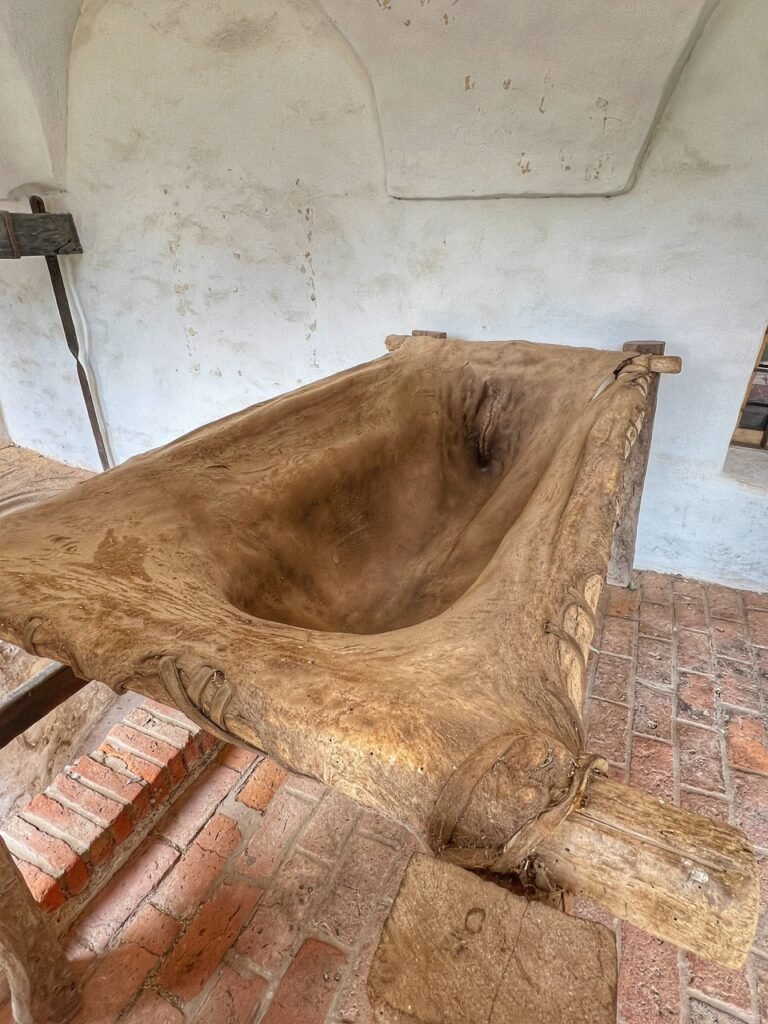
This cow hide was used for stomping grapes used in wine-making.

The sweeping ceiling inside of the church.
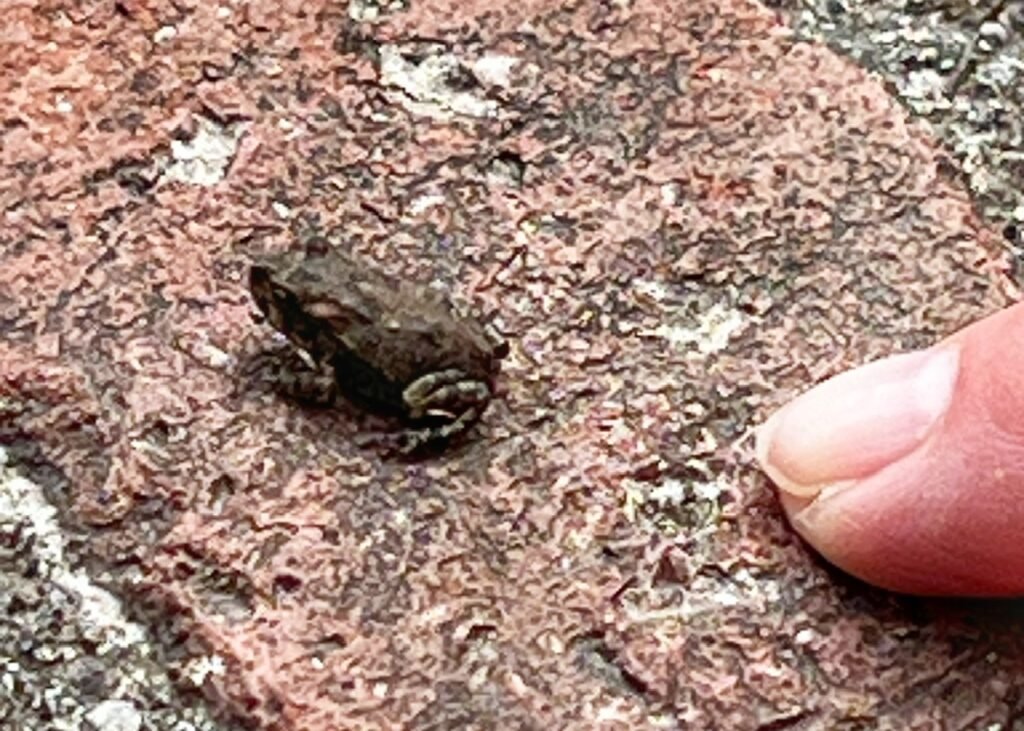
As we were walking through the convent, because we had just had lots of rain, we noticed lots of jumping crickets at our feet. Turns out they weren’t actually crickets but teensy nail-sized froggies! So cute!
Miramar & Laguna Mar Chiquita (aka Flamingo Land)

After days of villages and ruins, it was time to dive into some of Argentina’s extraordinary nature and there’s no better place in the Córdoba province than the bird lover’s wonderland of Laguna Mar Chiquita, which means “small ocean.” To some proud ones, (including our guide), this is the largest lake in South America, but that statistic closely rivals Titicaca and is completely dependent on the changing seasonal water levels.The lake is also home to hundreds of bird species, including a number of threatened one, and is an important stopover site for migratory birds.
The main reason people flock to Argentina’s newest national park is to view the Chilean flamingo, a large species of flamingo at 110-130 cm (43-51 in).

The Roseate Spoonbill was surprisingly brighter pink than the flamingoes.
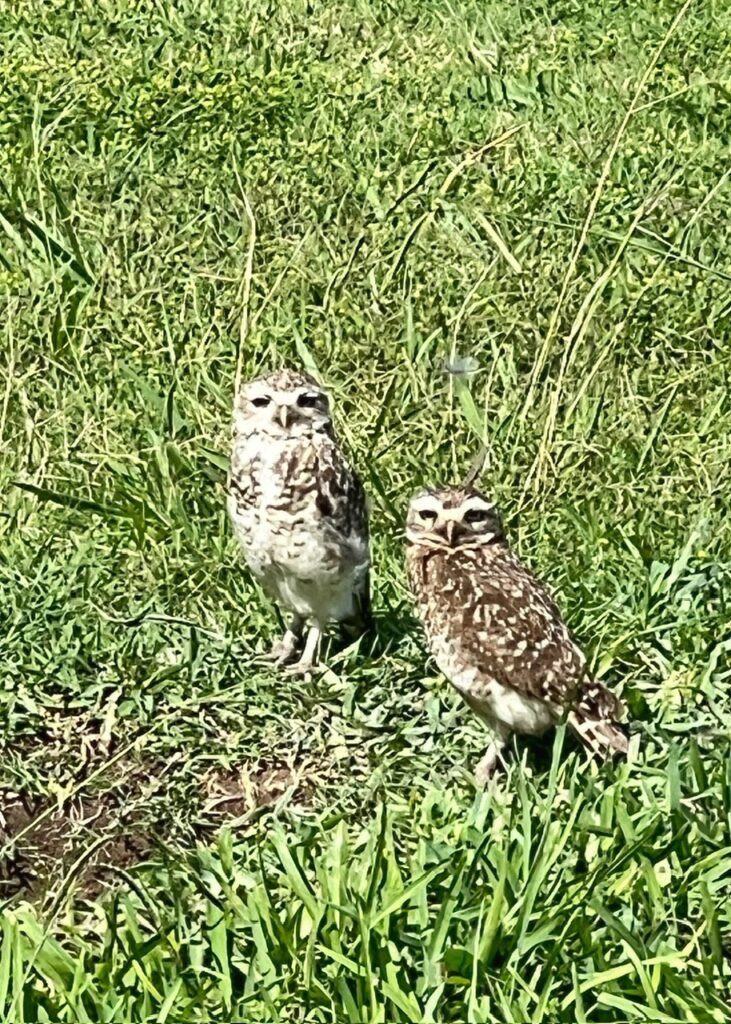
It’s not often that you see owls squatting on the grass. Unlike most owls, burrowing owls are often active during the day, although they tend to avoid the midday heat. When we tried to get closer to take the photo, this protective couple got pretty feisty as they were clearly protecting eggs buried in the ground below.

The color of the flamingo is entirely based on how healthy the bird is. In this lake, the flamingos are eating microorganisms rather than fish or shrimp. There are very few fish in the waters due to the high level of salt in the water.
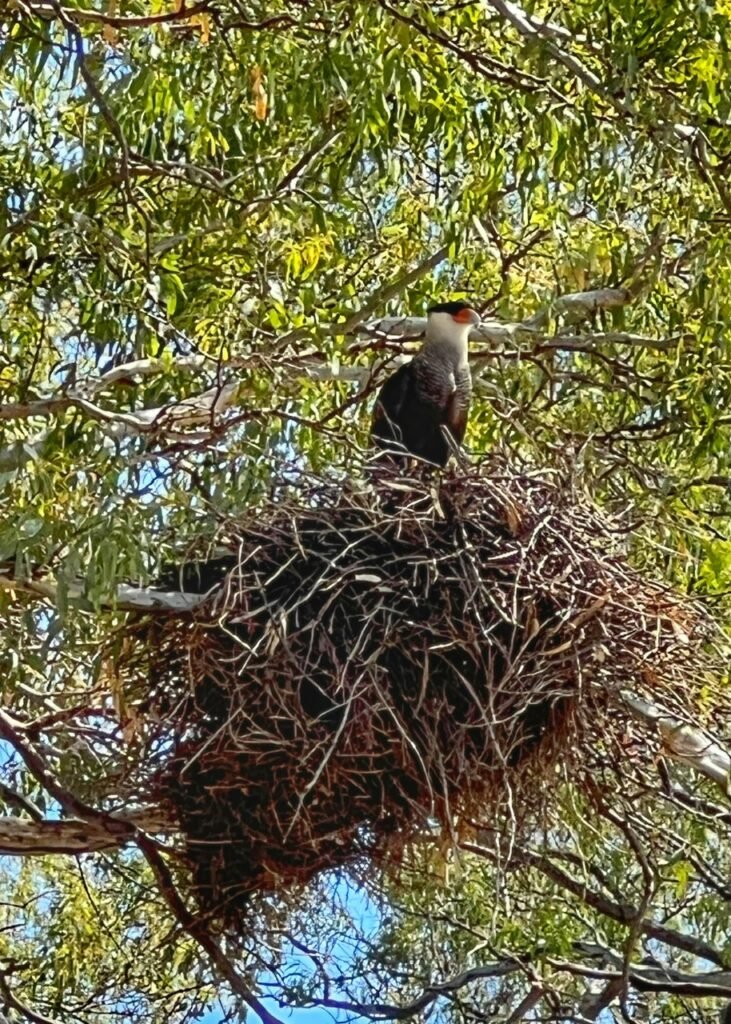
Predatory punk
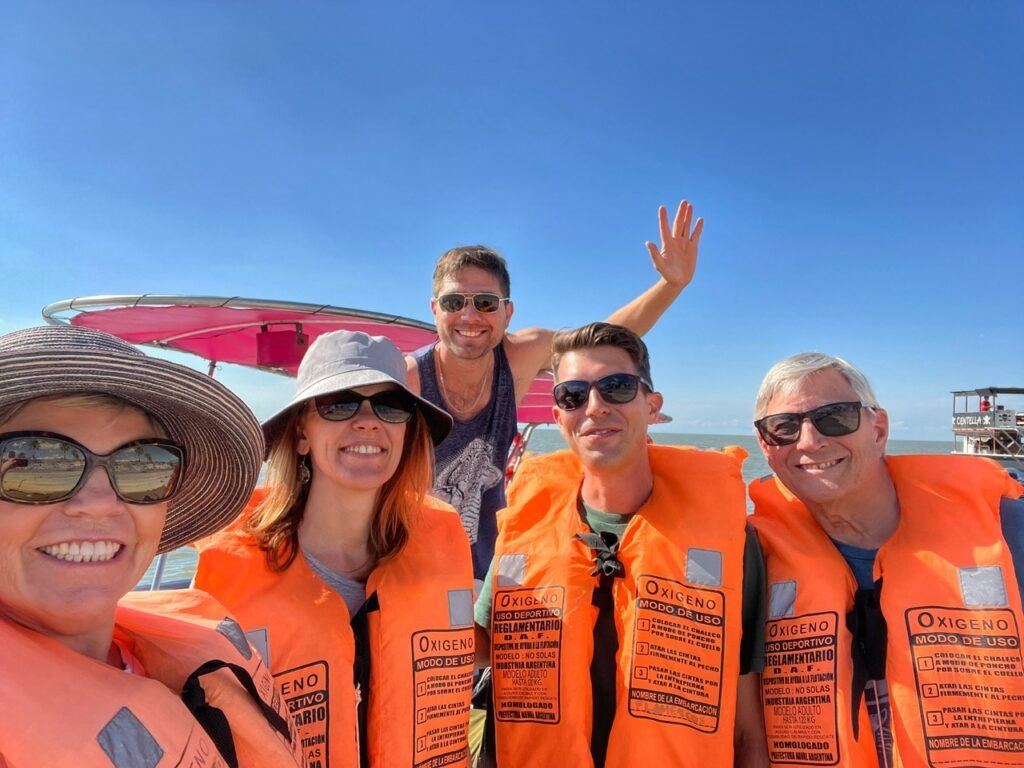
We spent an hour on the lake with Diego, our guide, as part of a private tour.

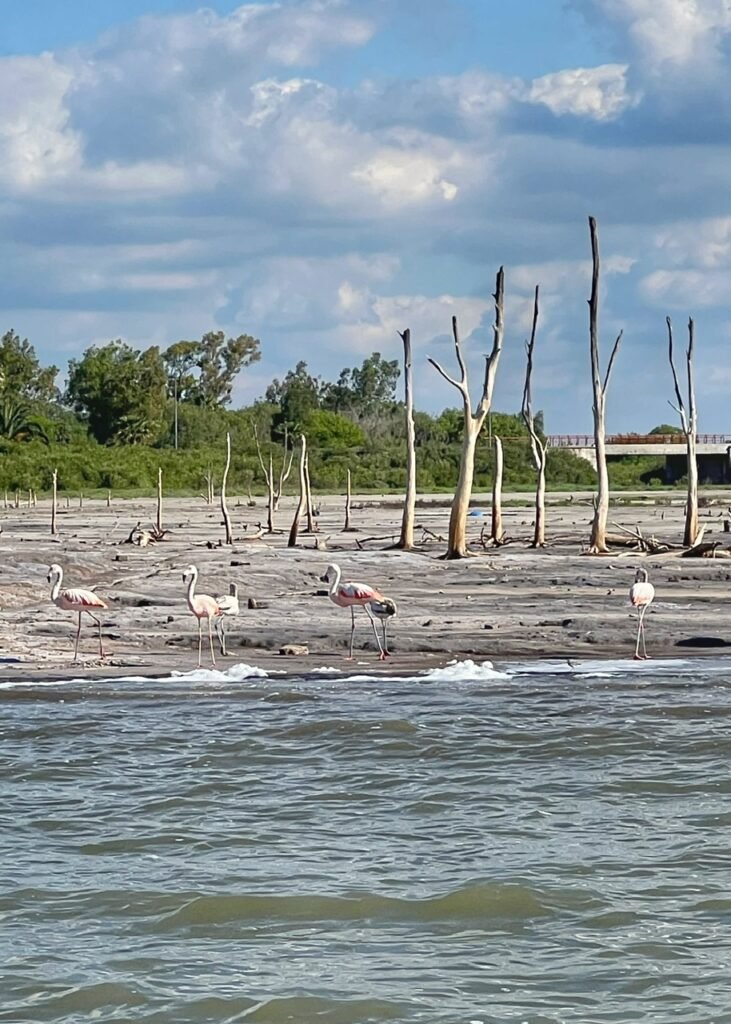
Climbing aboard our boat, we almost immediately realize that many trees, as well as structures along the shores of the lake have been permanently damaged due to flooding.
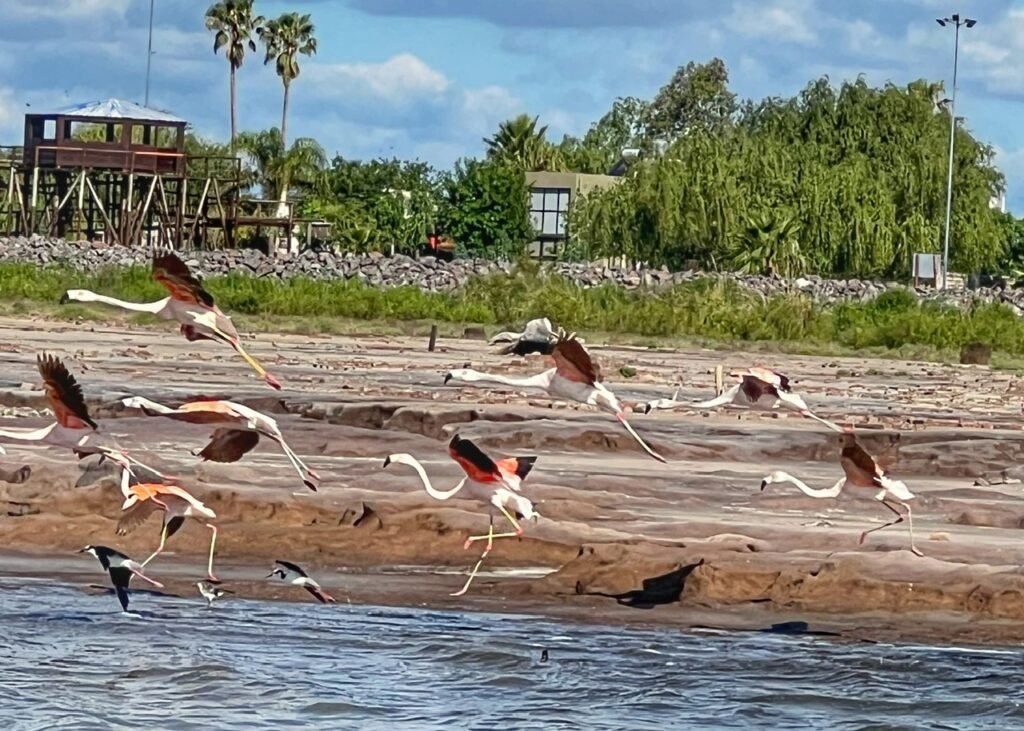
Flamingos in flight.
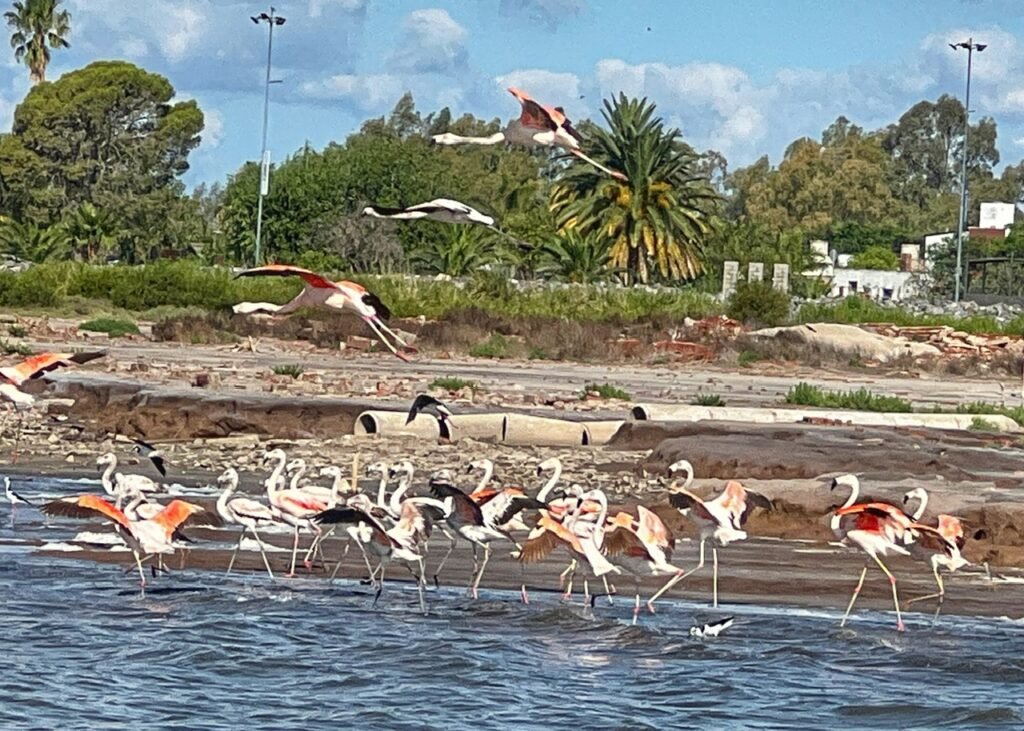
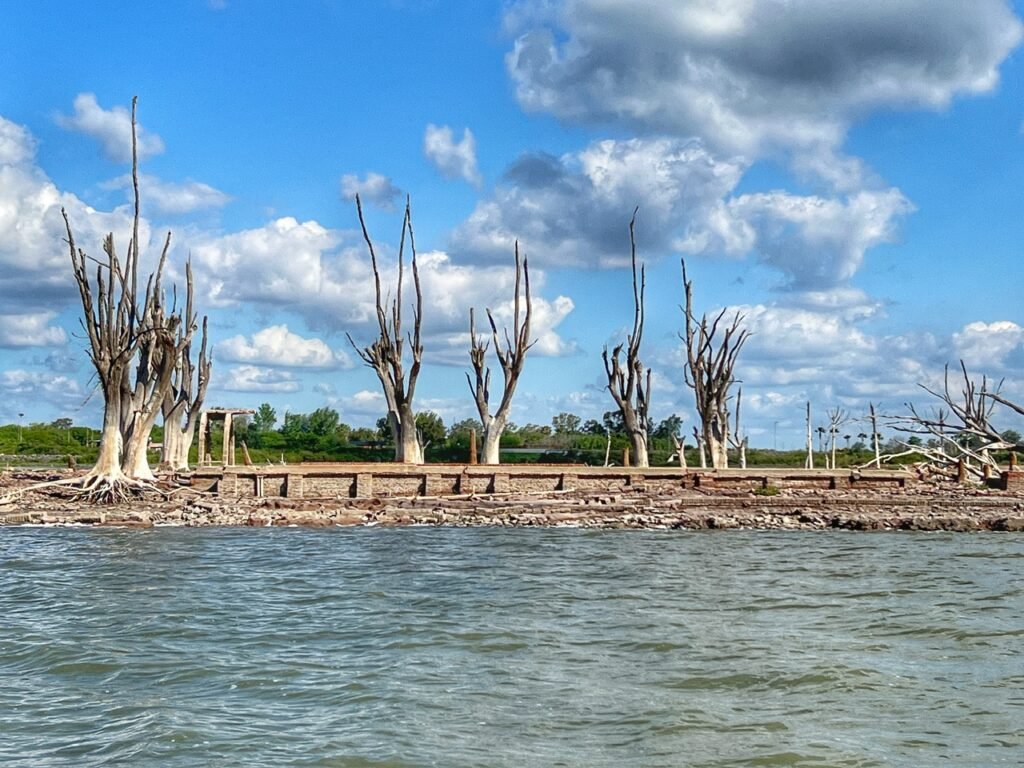
At one point, this was a public swimming pool on the edge of the lake. Flamingos seem to love digging and playing in the mud. This mud, like the kind you will find in other bodies of water high in salt, has great therapeutic properties and it’s not abnormal to find humans also scooping up handfuls from the lake floor and pasting their bodies with it. We didn’t get a chance to go in the water but we’ve heard the bobbing-like-a-cork sensation is similar to the Dead Sea.

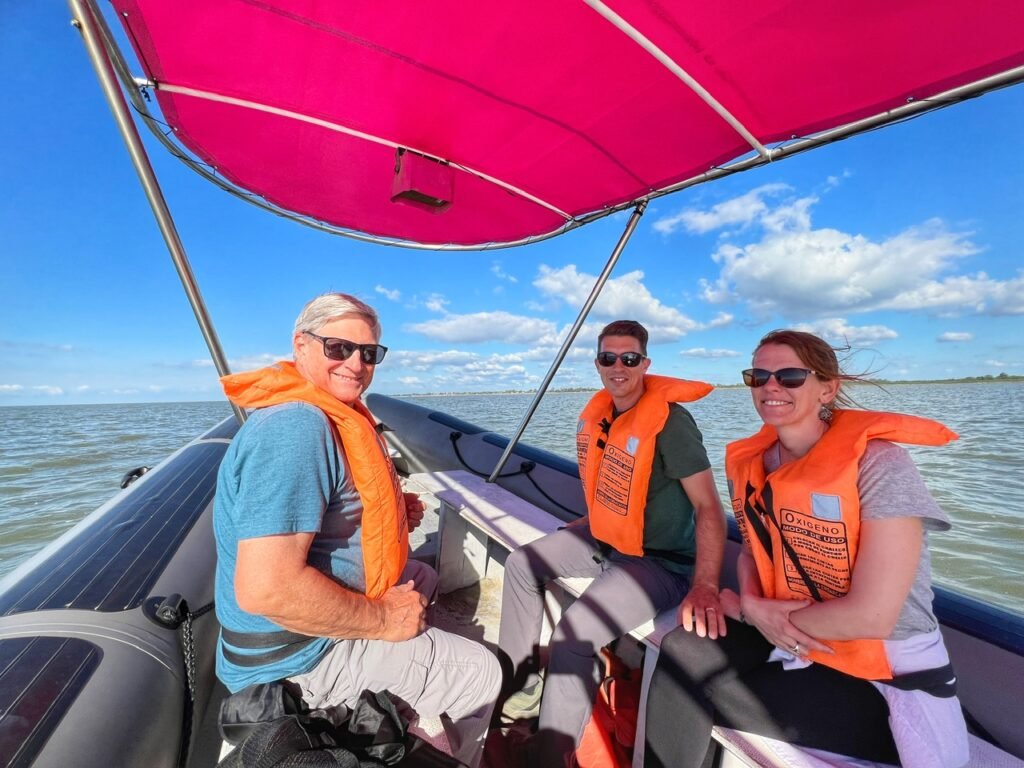
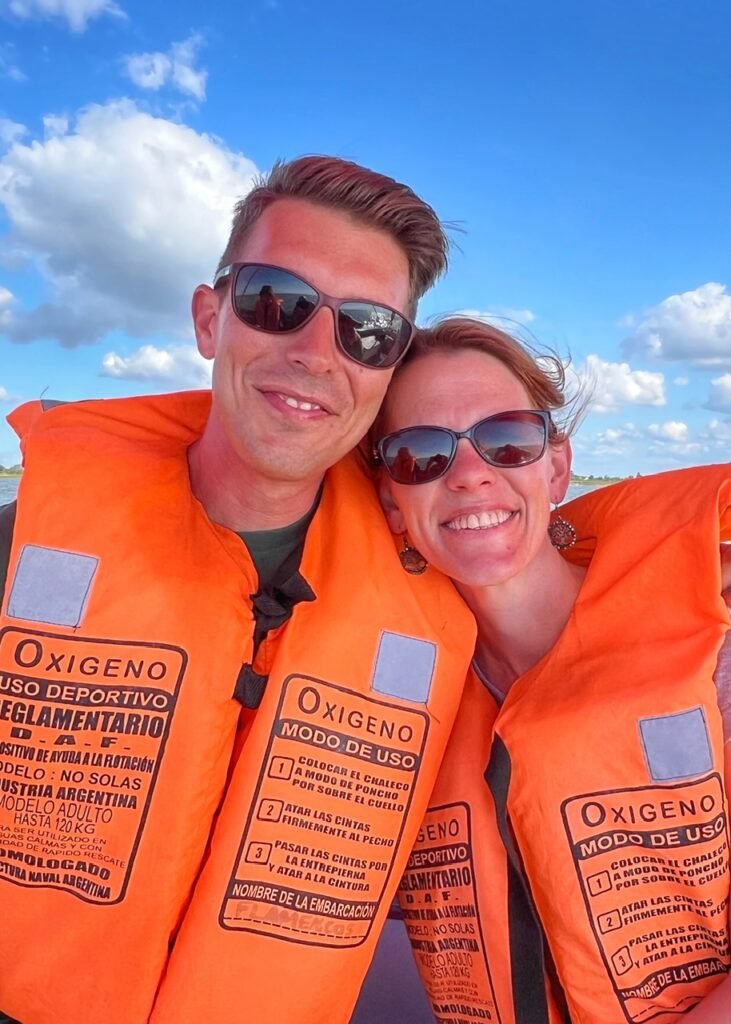
Our guide seemed more Italian than Argentinian with his sing-songy Spanglish and wild hand gestures. We ran into this multiple times in Argentina due to their often strong Italian ancestry.It was incredibly nice to get out on the water. It’s been awhile and the day was definitely a warm.


These skeleton of this once luxury hotel has quite a story. It was built by a German family who arrived in Miramar after learning of the healing properties of the Mar Chiquita.
It was once a secluded retreat called the Gran Hotel Viena that Nazis went to hide during and after the war. Many believe that the structure was in fact built by Nazis who intended it to be used as a hospital for soldiers and generals during WWII. Some even believe rumors that Hitler fled to the hotel after the war. Either way, ghosts possibly abound.

They’d have to with so many ruins. The biggest flood that washed through here was in 1977 and caused major destruction.

And the palms were bountiful as well.
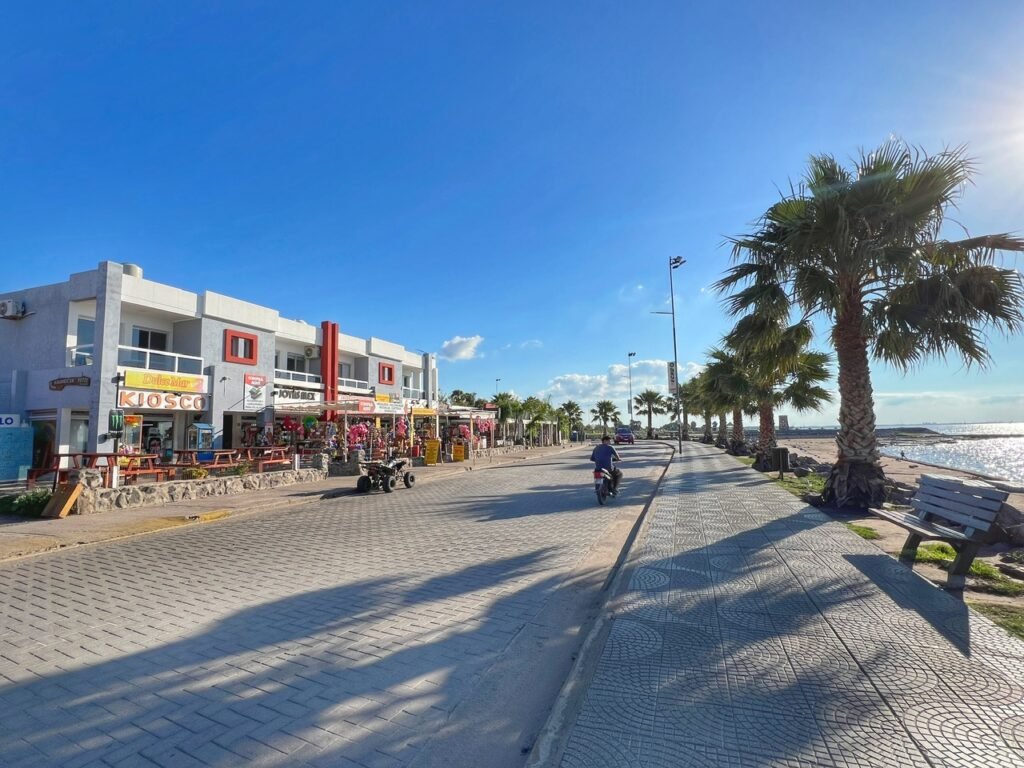
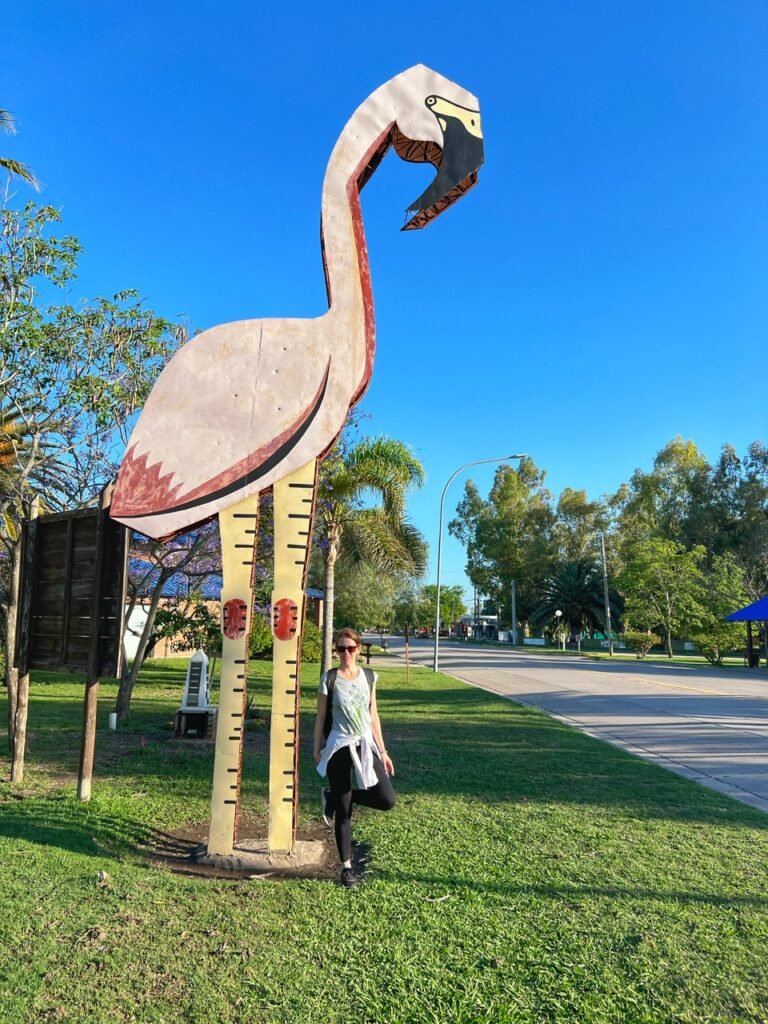
The small village of Miramar was mostly desolate when we arrived. According to the locals, it would pick up significantly in a few weeks once summer officially begins as the lake is a popular destination for Argentine travelers, although virtually off the international tourist radar. Unsurprisingly, Mandy felt inspired to practice her flamingo pose.
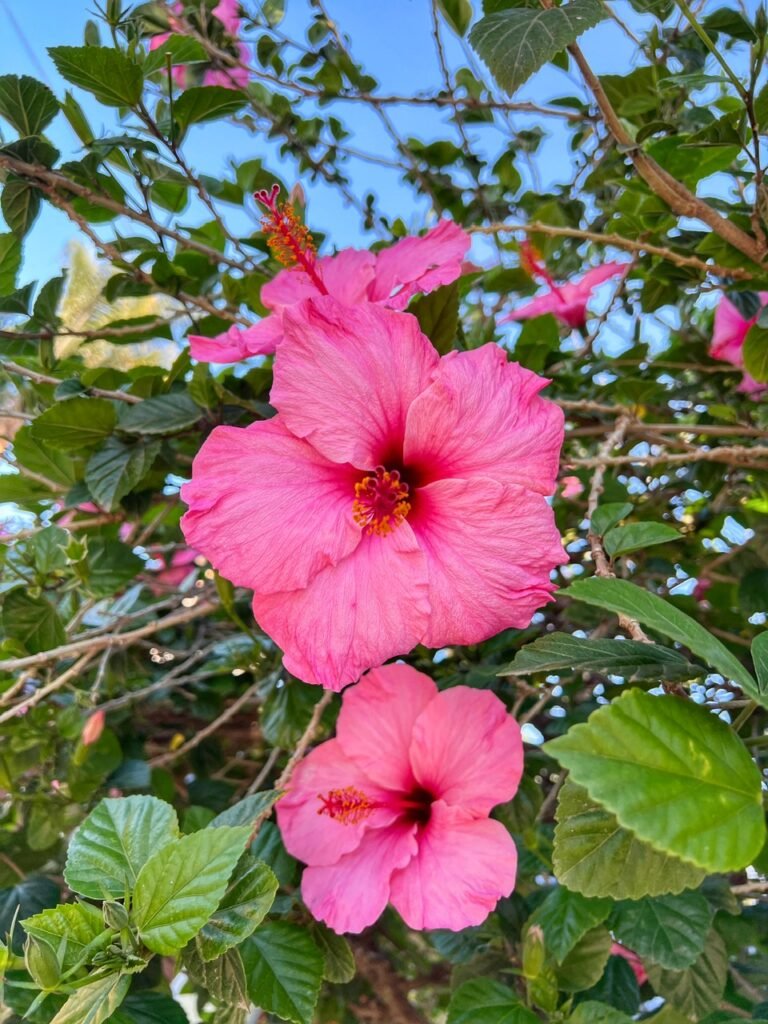
Bright pink hibiscus blanketed the bushes in Miramar.
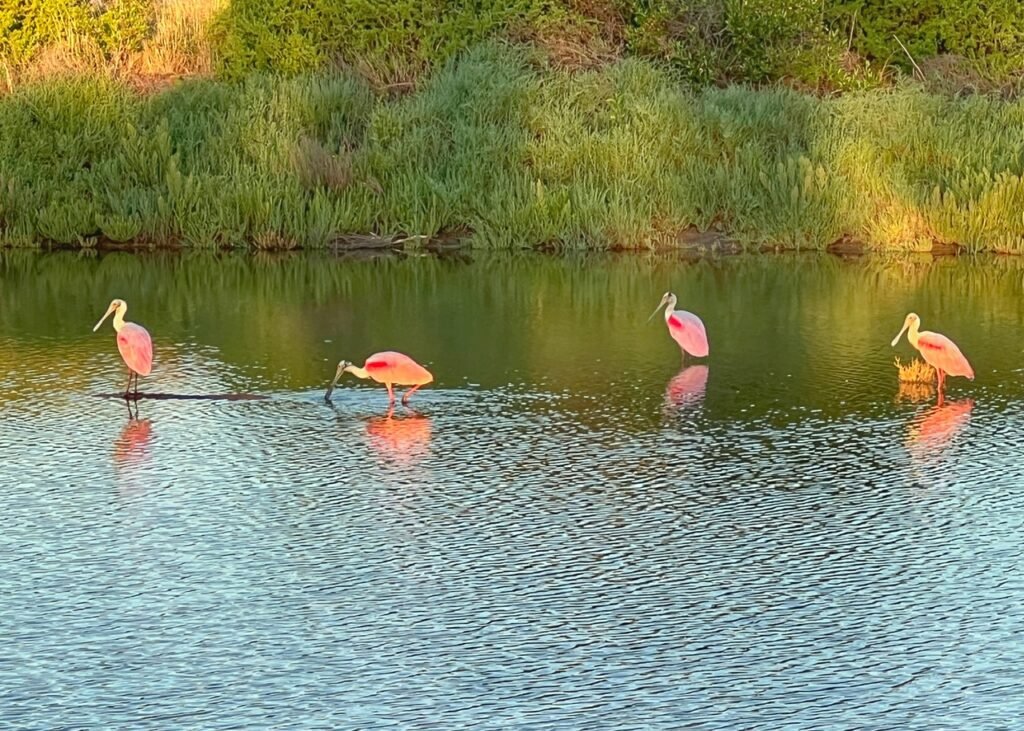
A cluster of rosy spoonbills at an inner lagoon across from our hotel.

The lagoon at dusk felt a lot like Thailand. Also, the mosquitoes started to get really thick around this time forcing us inside…
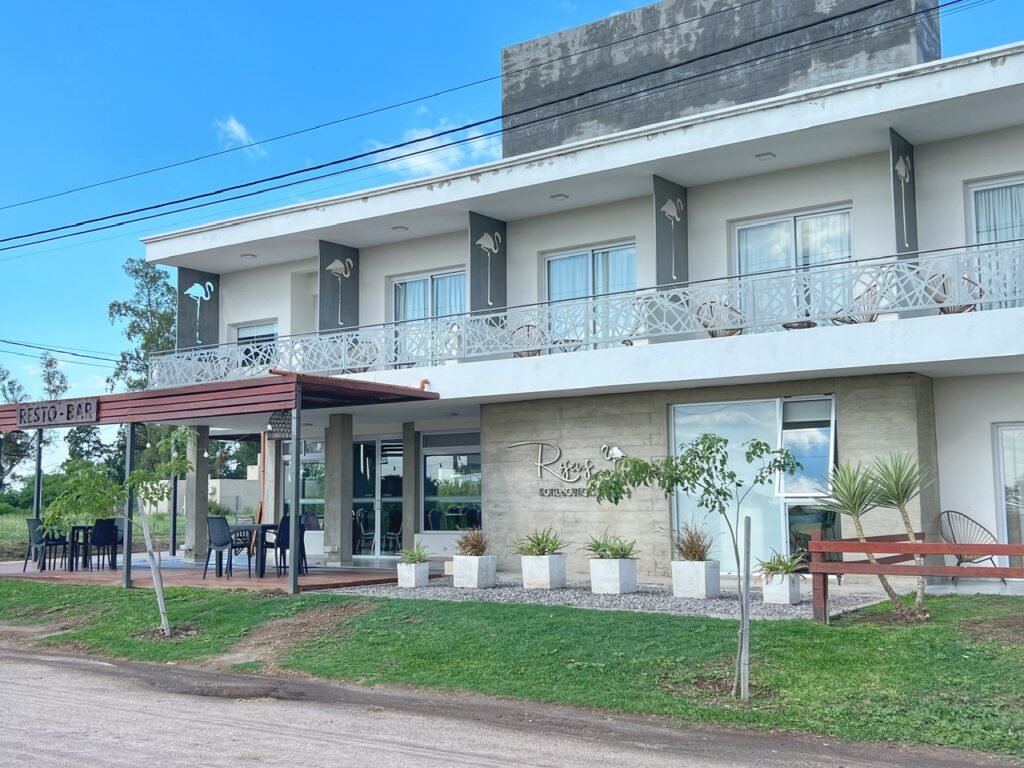
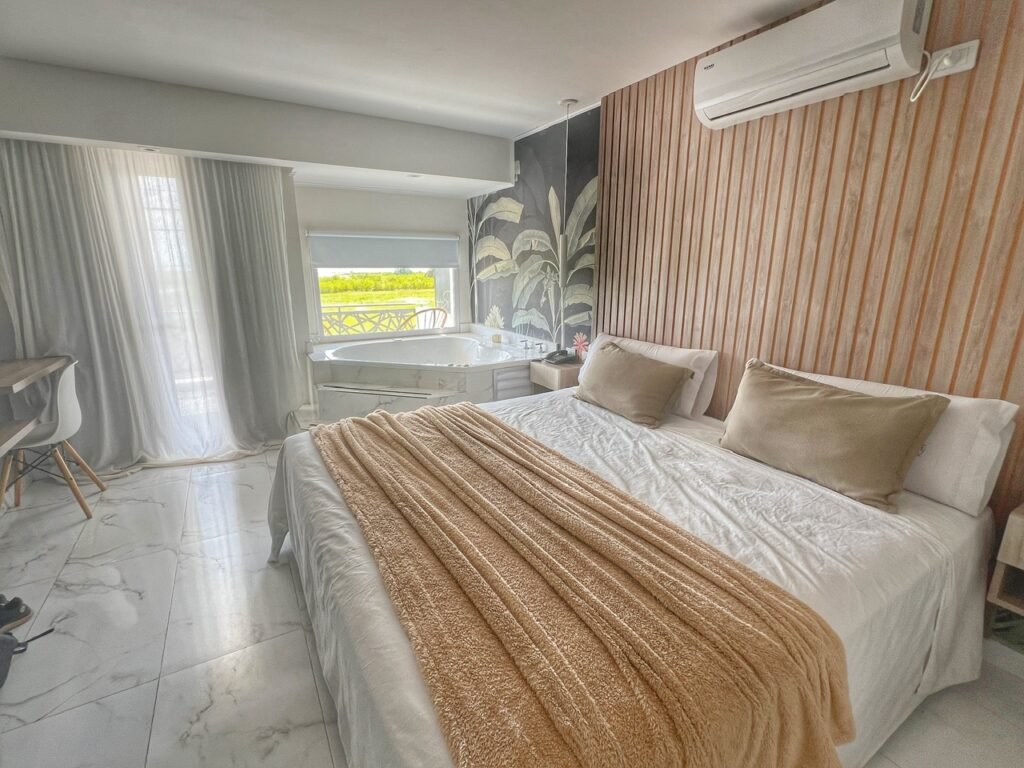
…to Roseus Boutique Hotel, which wasn’t terrible….

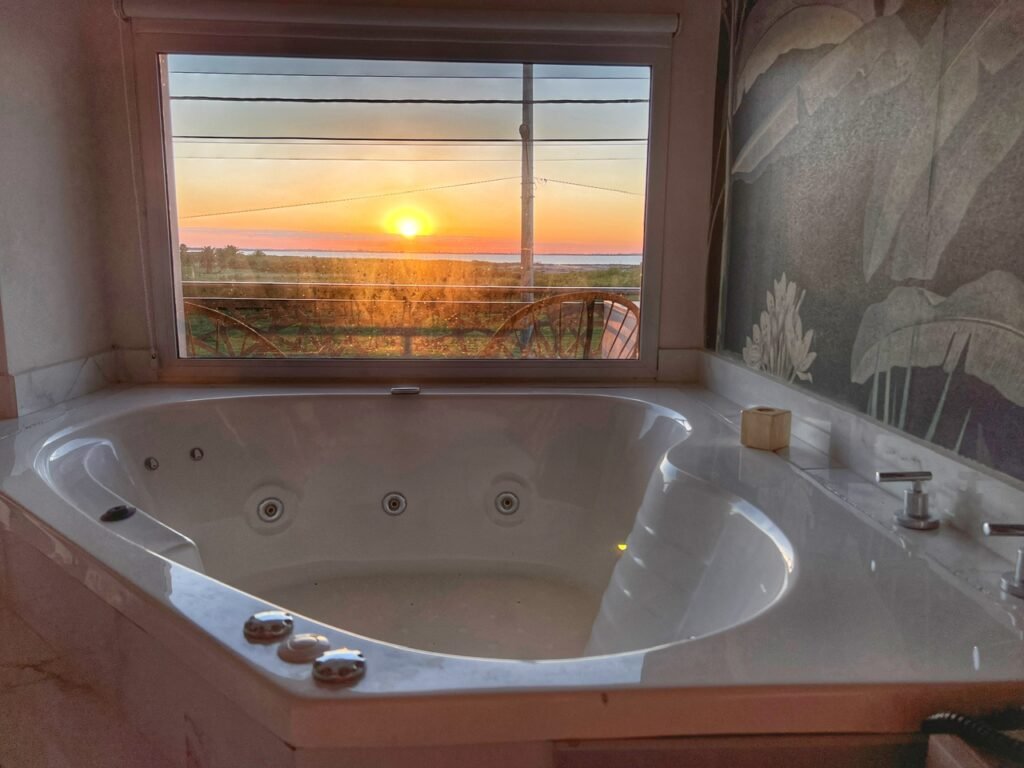

…especially because Larry and Grace graciously gave us their superior room, where we got to enjoy a jacuzzi, a sunset and of course, some 🍷 It’s nice for a change but we won’t get used to it. 🤣 Truth be told, this room could have been purchased even on our budget thanks to the blue dollar rate at about $42/night.


In the morning, we took a walk toward the water before heading to Córdoba, which was so very tranquil.
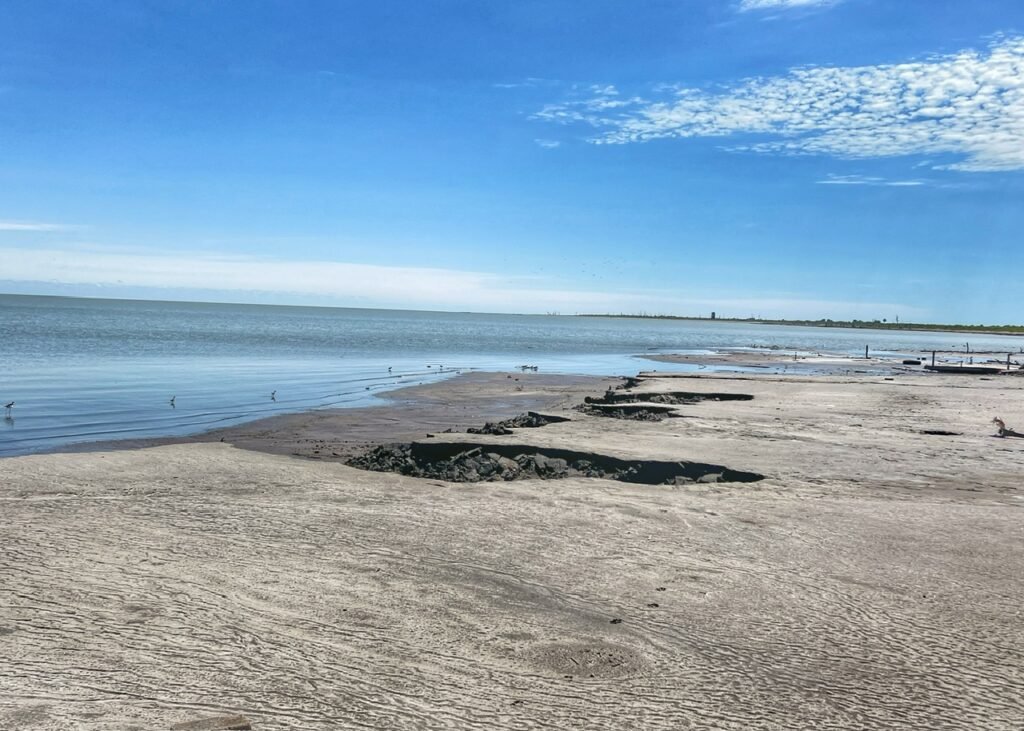
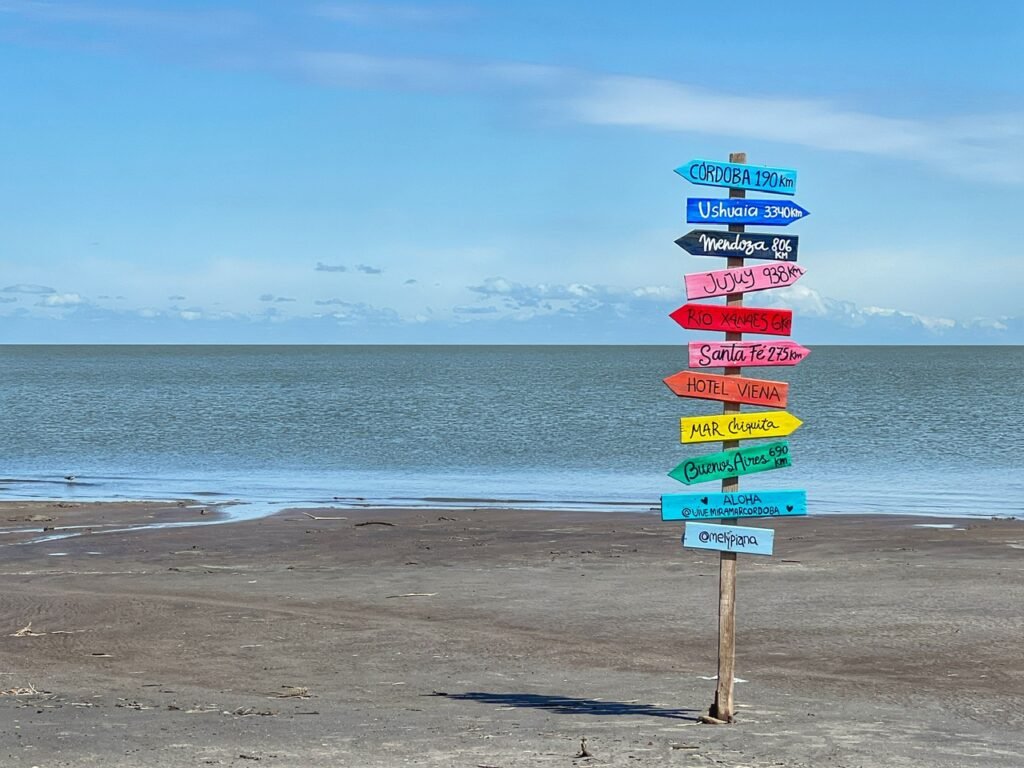
This naturally occurring salt lake is quite shallow. Scientists predict that if it continues to lose volume through evaporation and diversion of river water for agriculture, it will eventually become a salt flat like the others found in Argentina and Bolivia. It has no river outlet to the ocean and is the fourth longest salt lake in the world, after the Caspian Sea (between Europe and Asia), the Aral Sea (between Kazakhstan and Uzbekistan) and Lake Baljash (Kazakhstan). (Wikipedia)
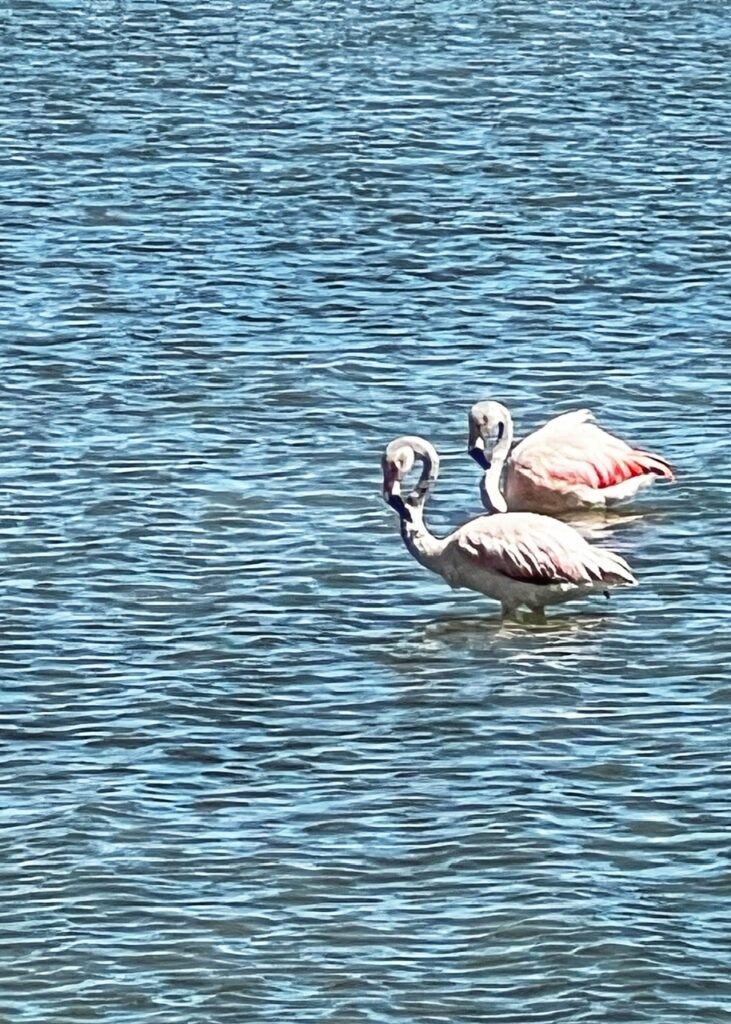
Flamingos are filter feeders and turn their heads upside down to eat.

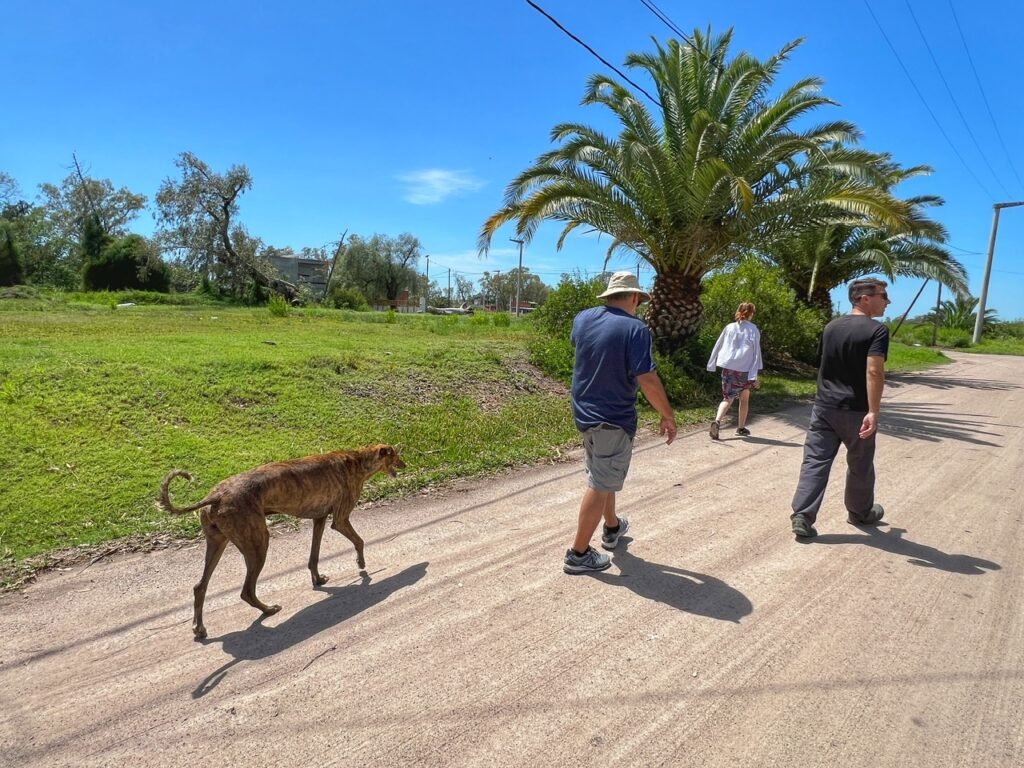
The Tero Real, or Black-necked Stilt, a very talkative squawker. We also picked up a greyhound on our walk. Although the stray dog situation is better in Argentina, it’s still ever present.


